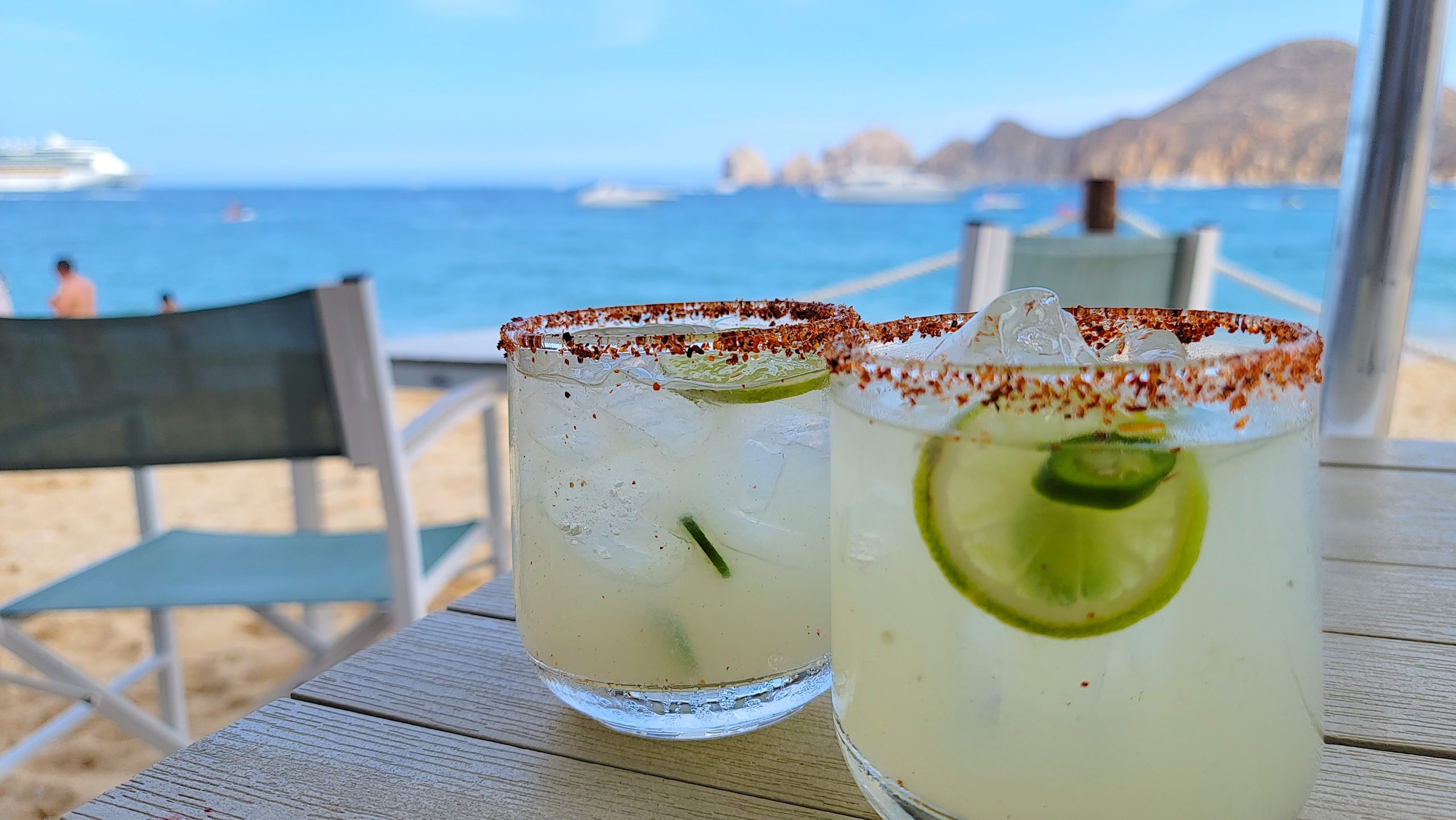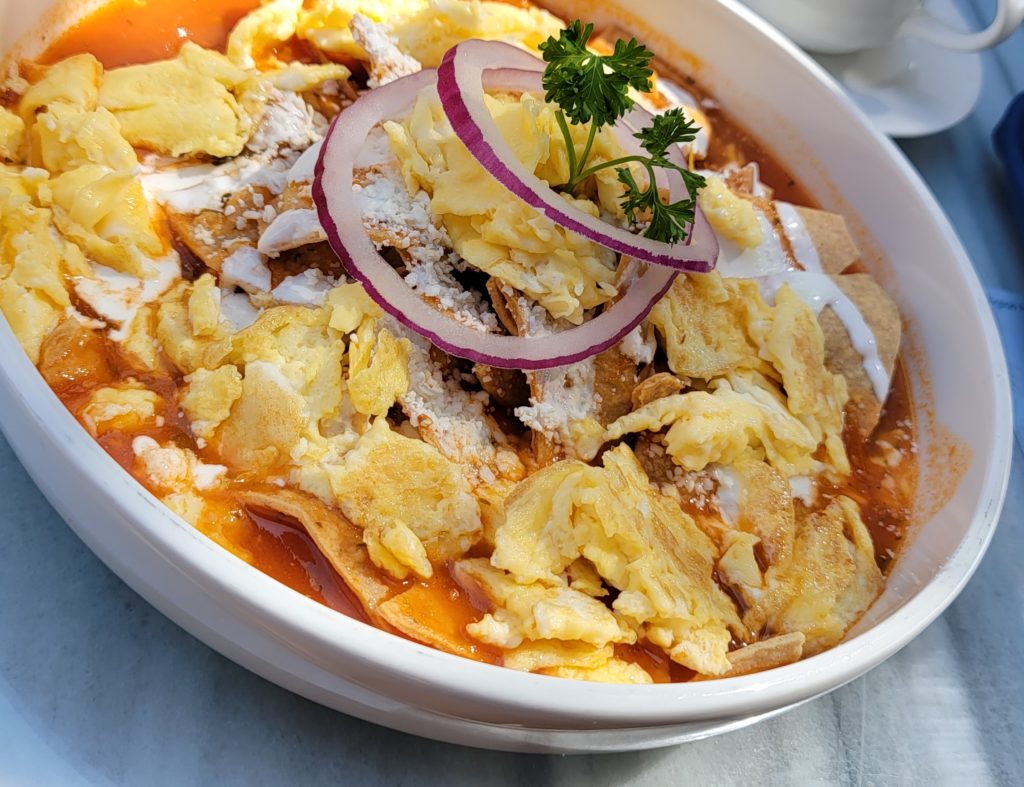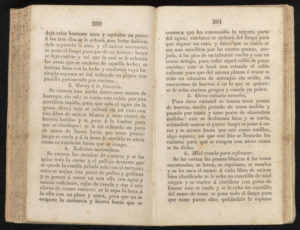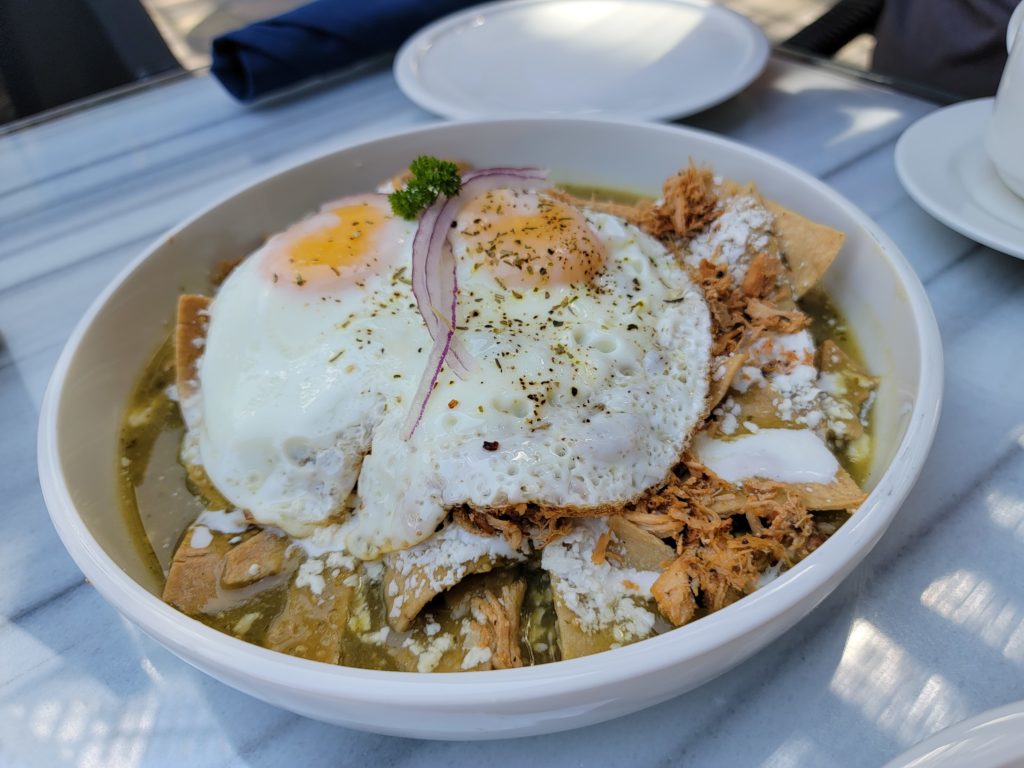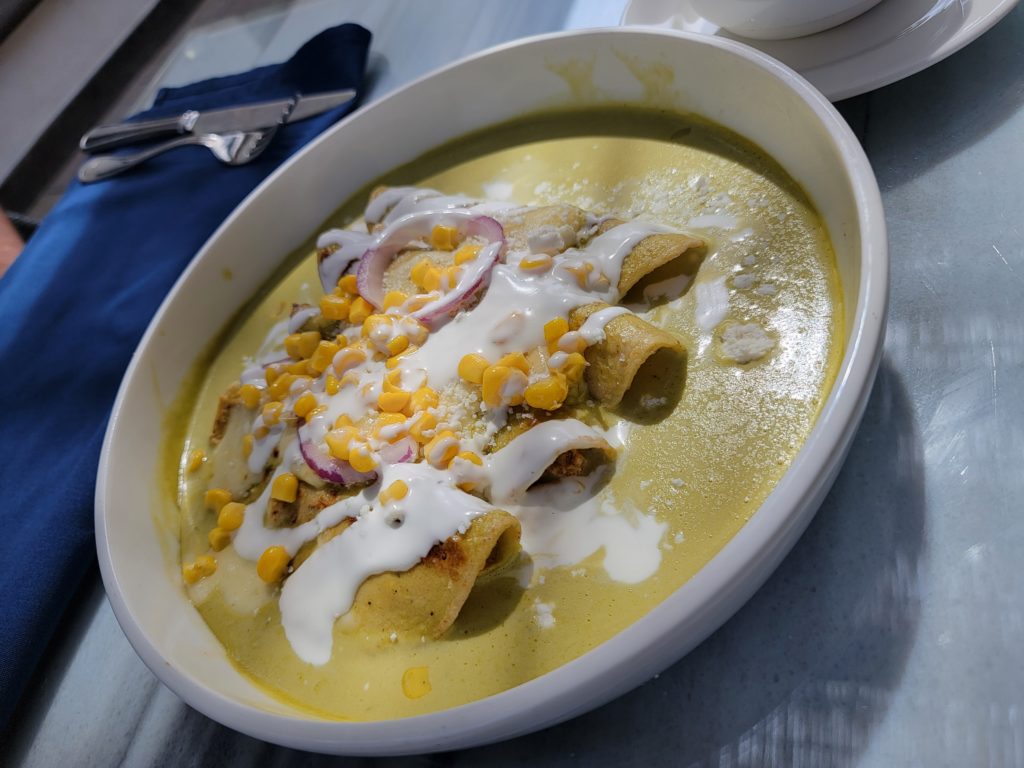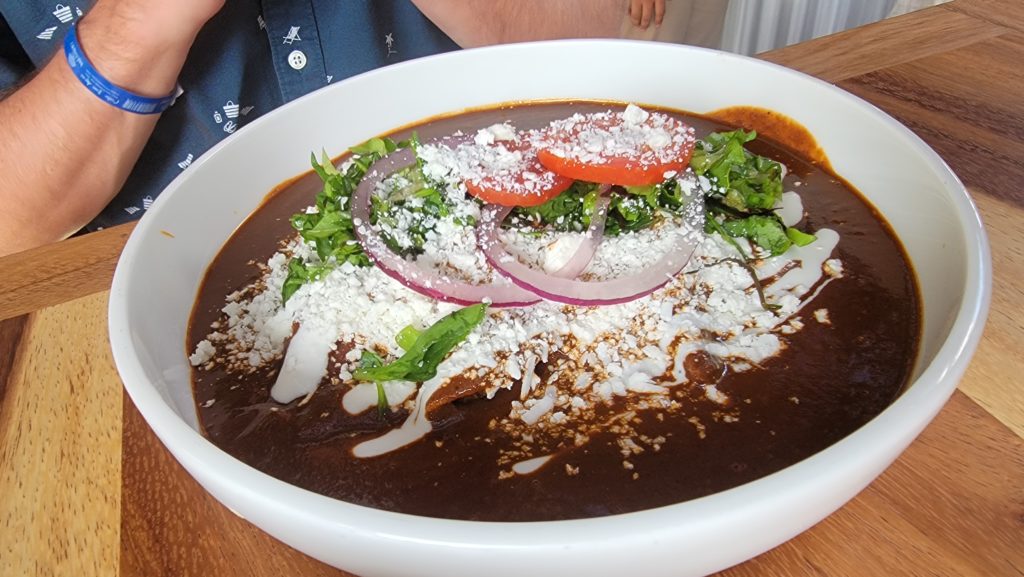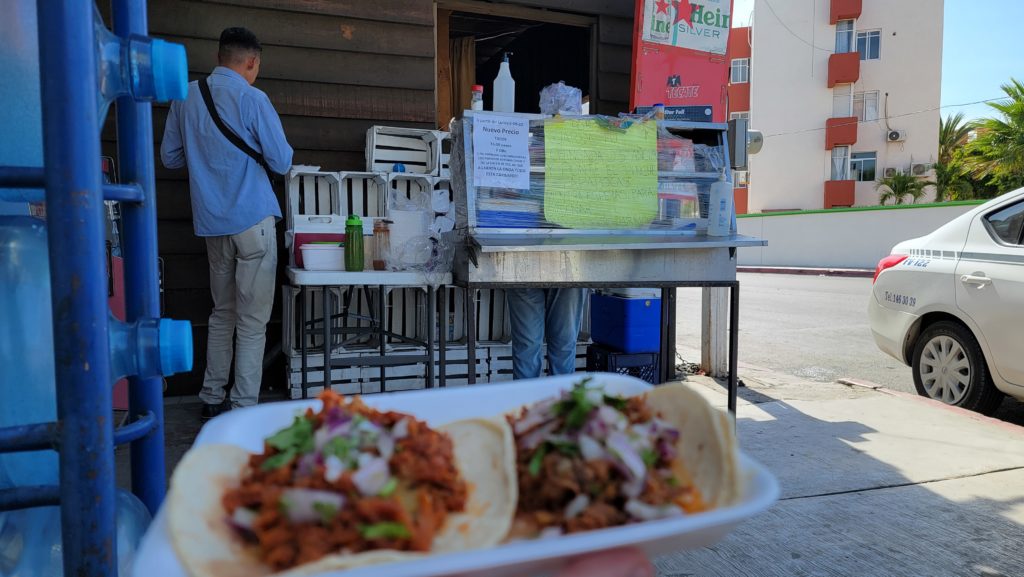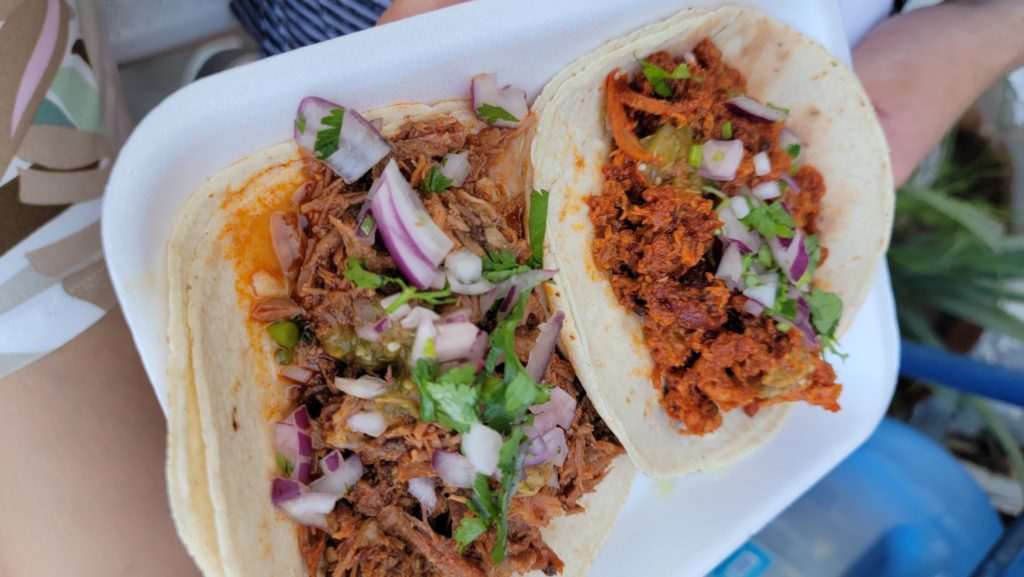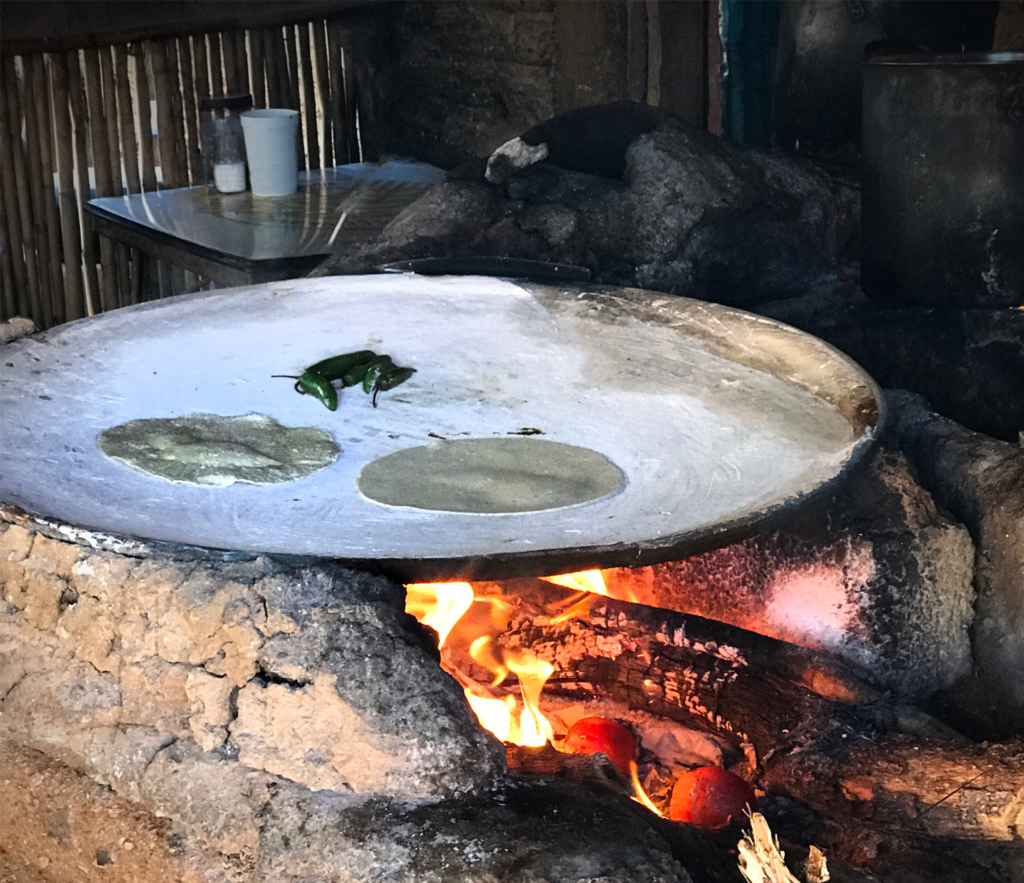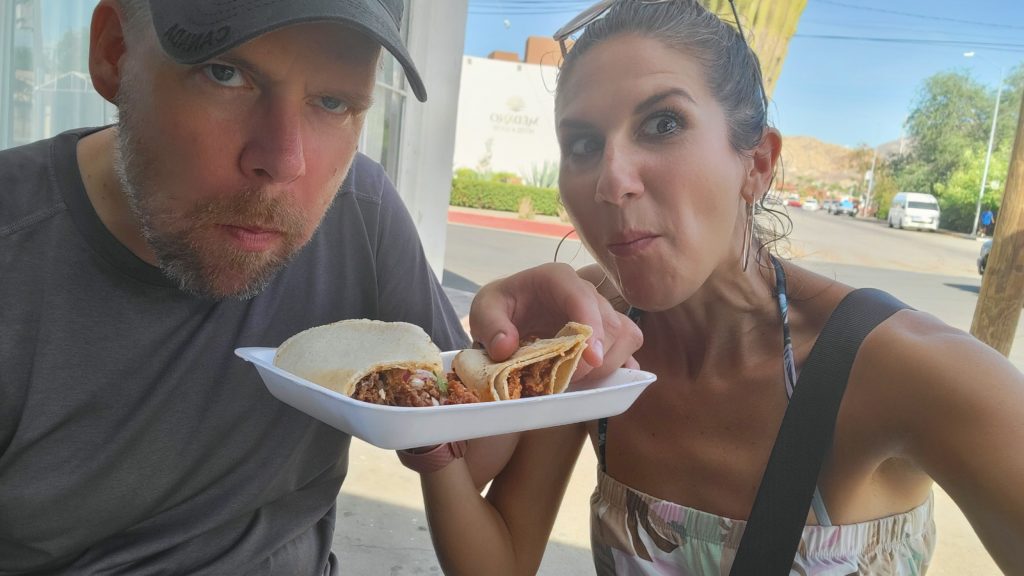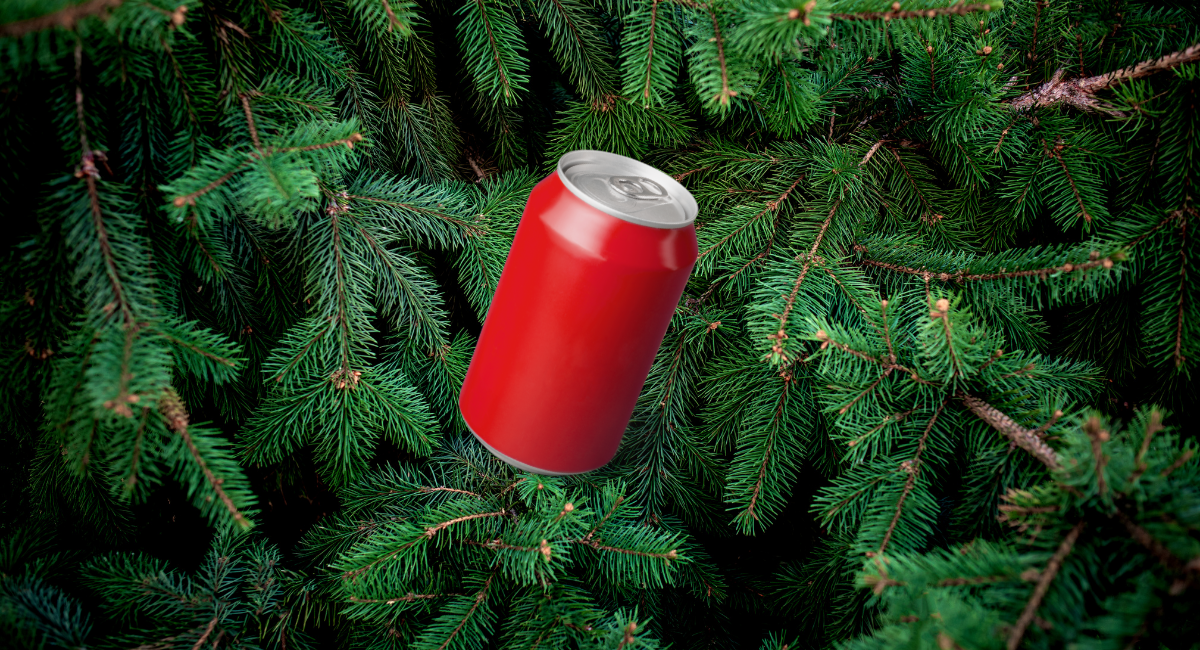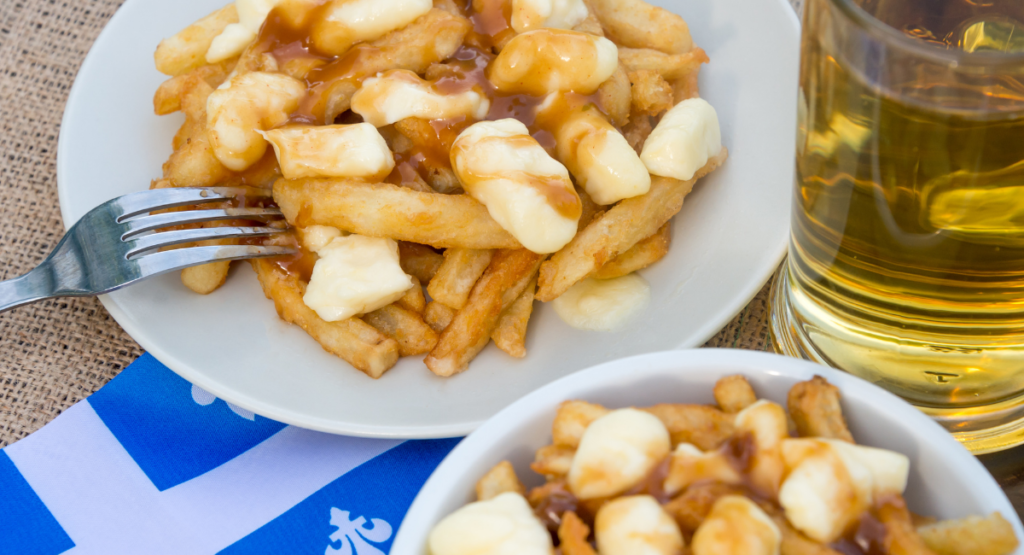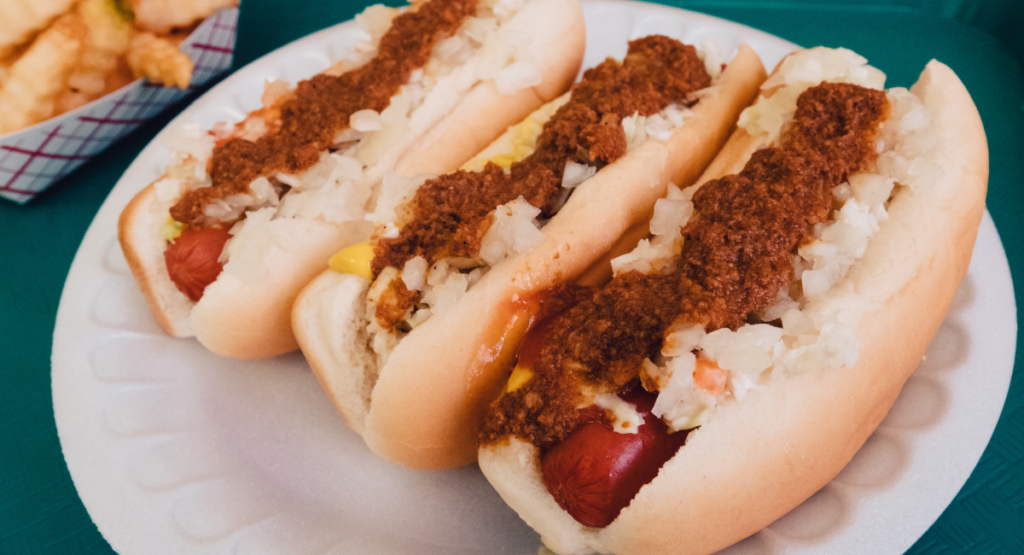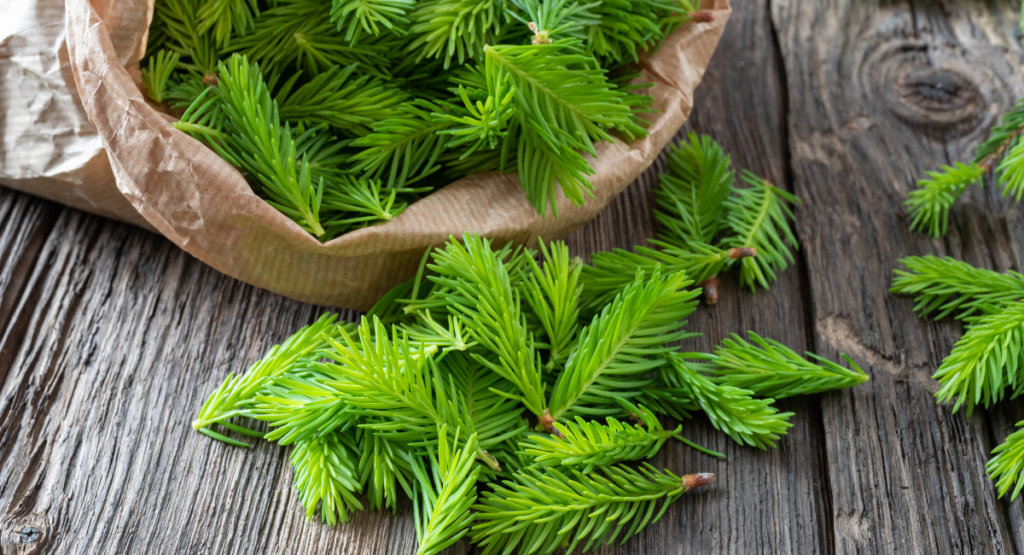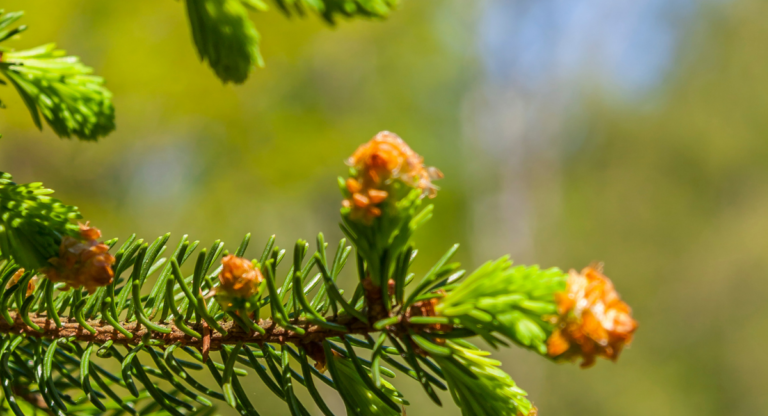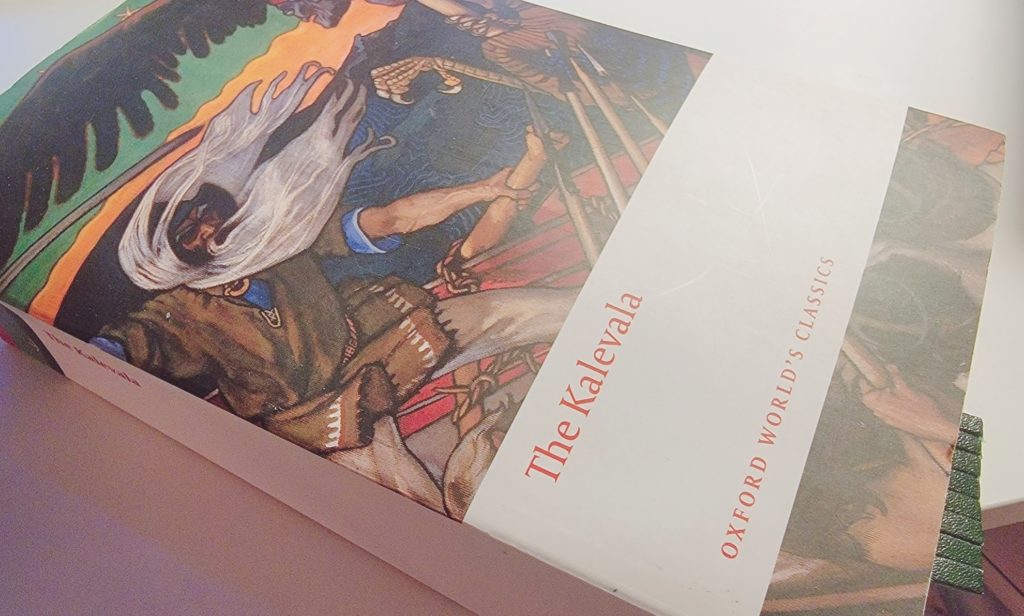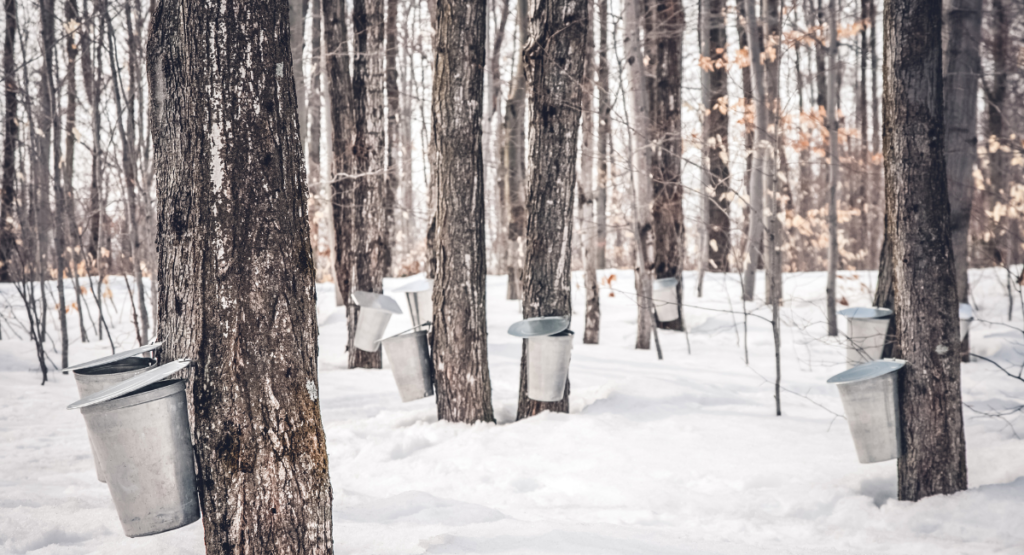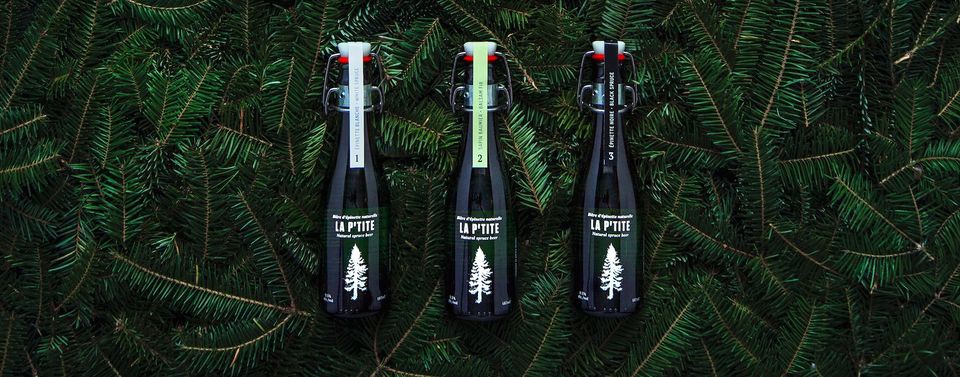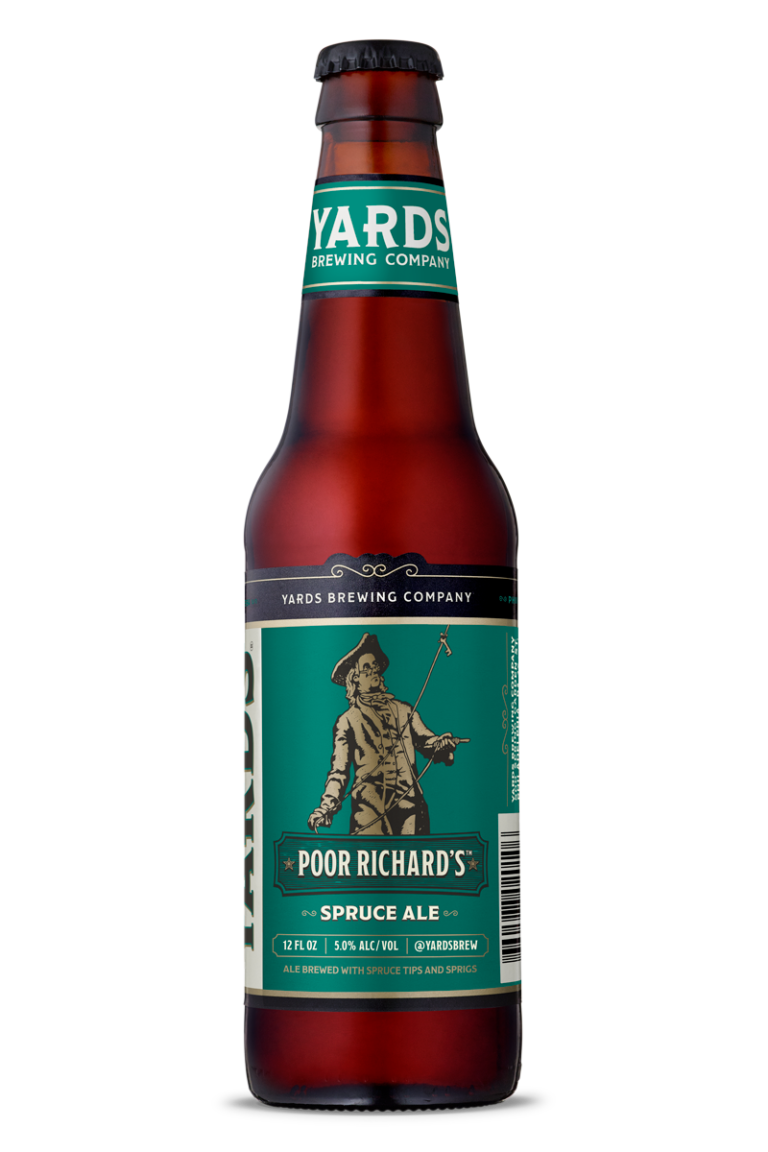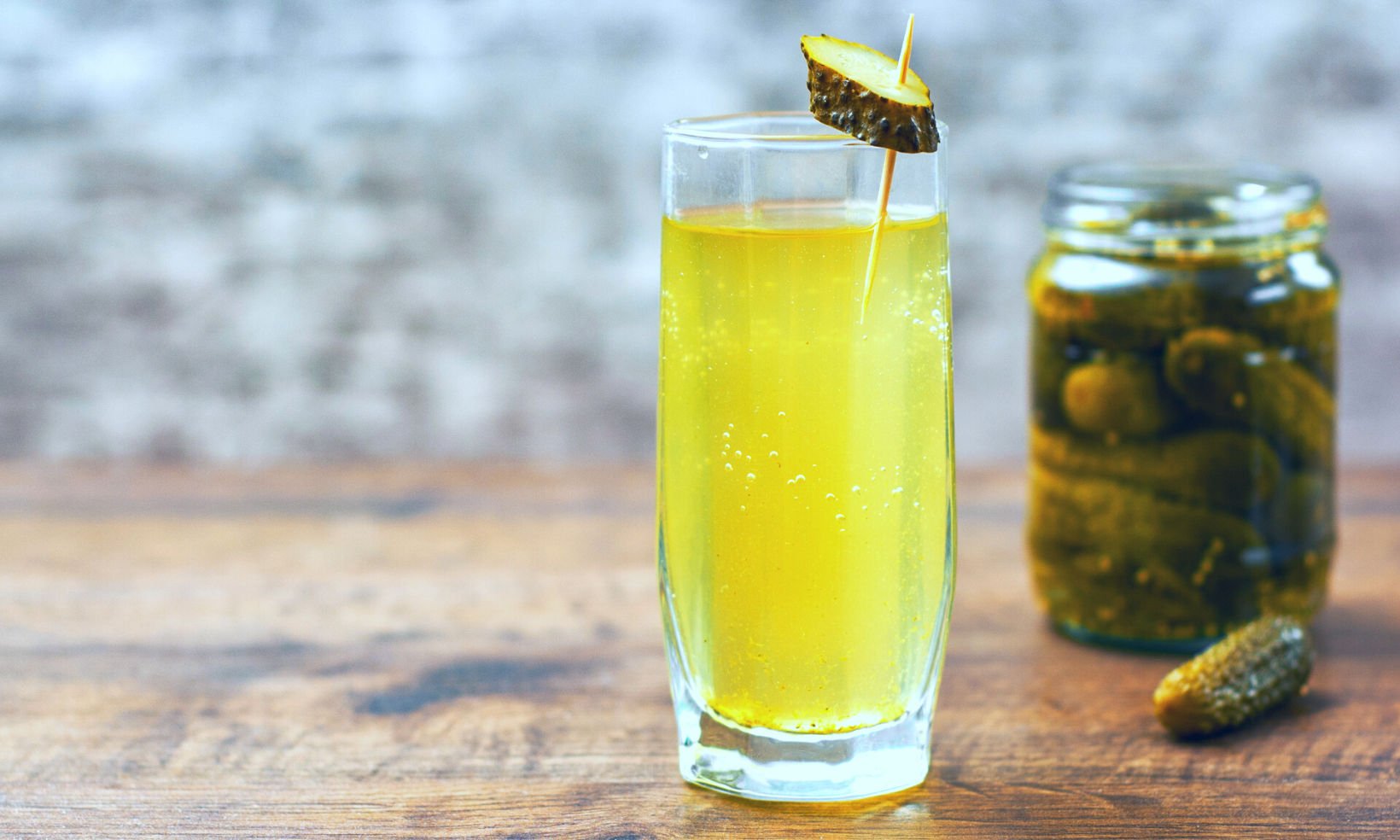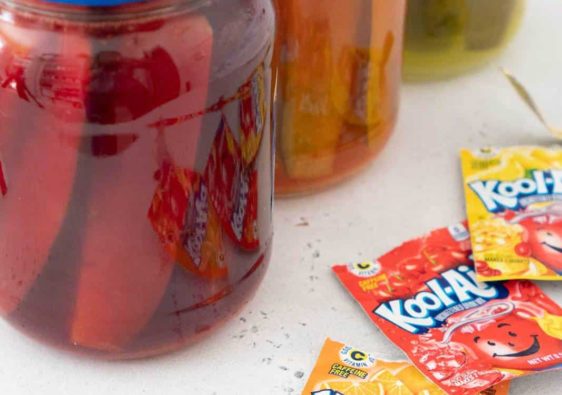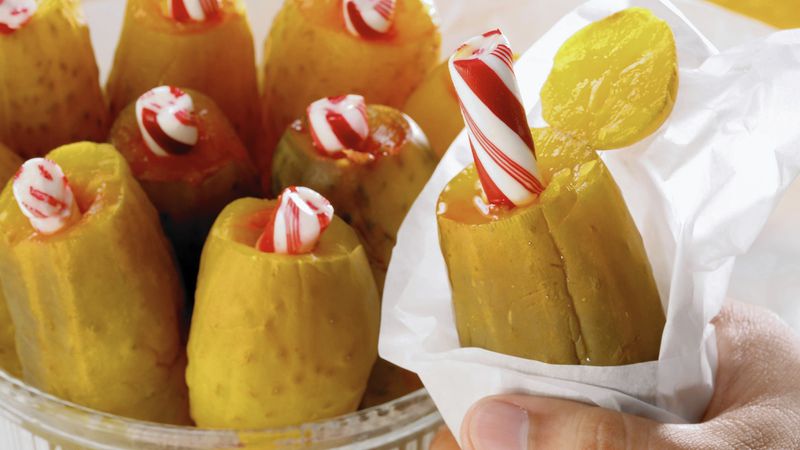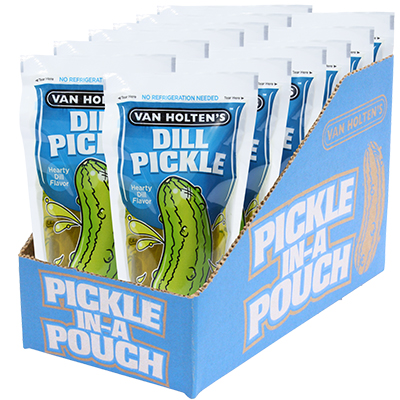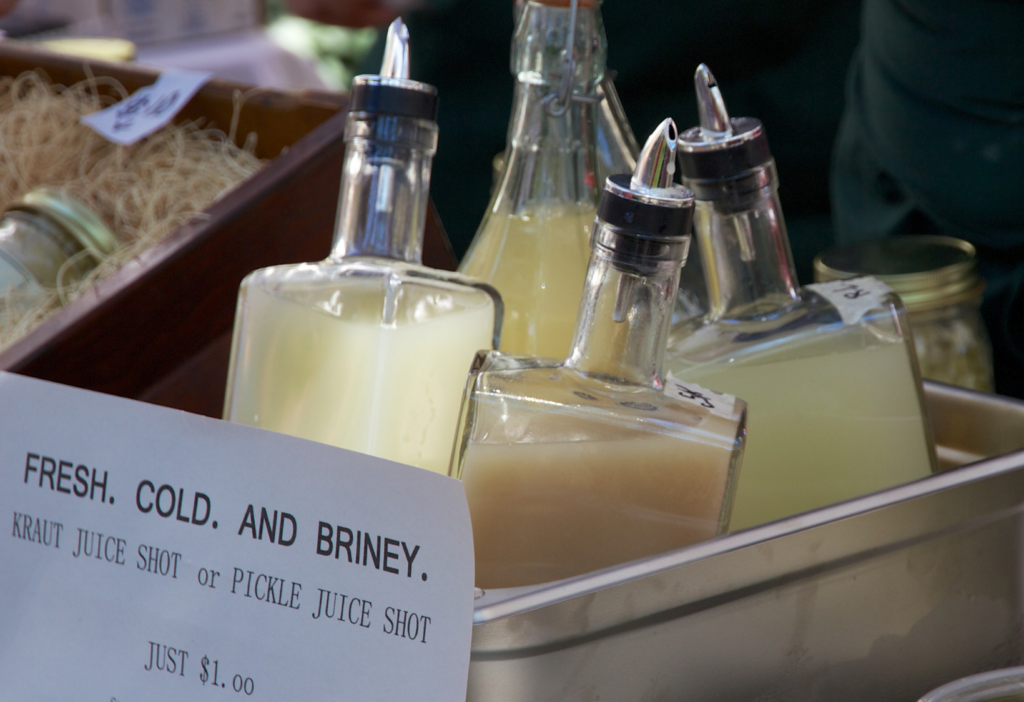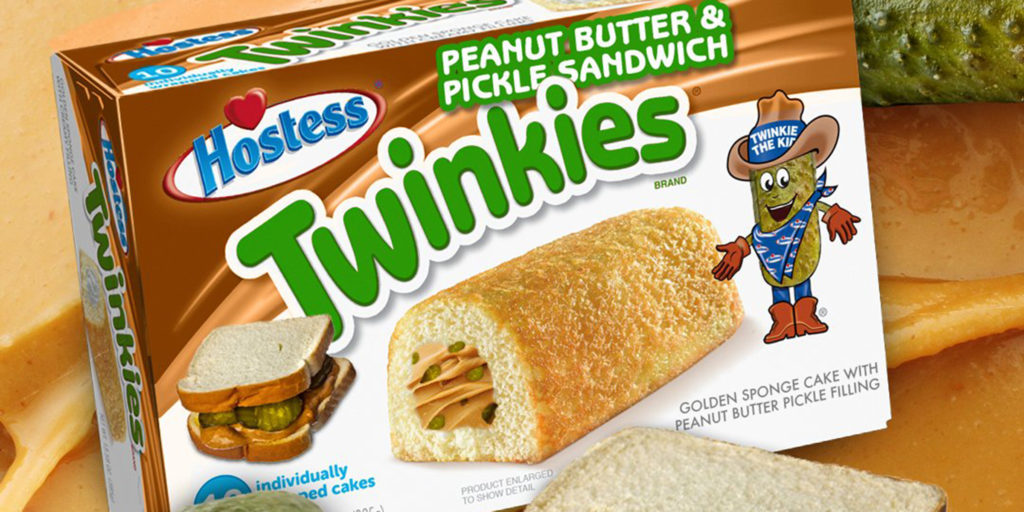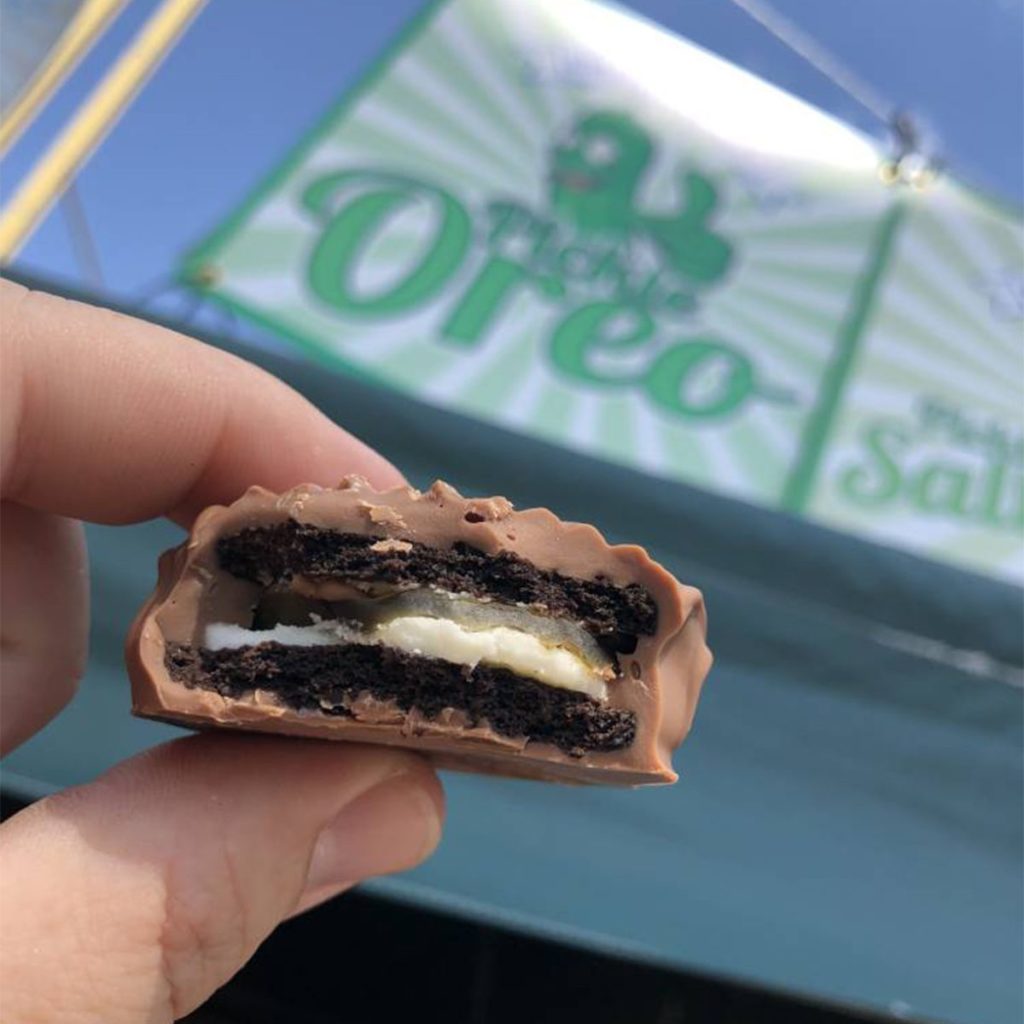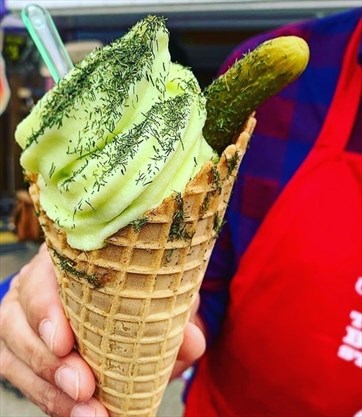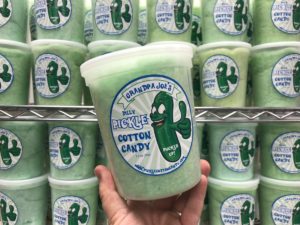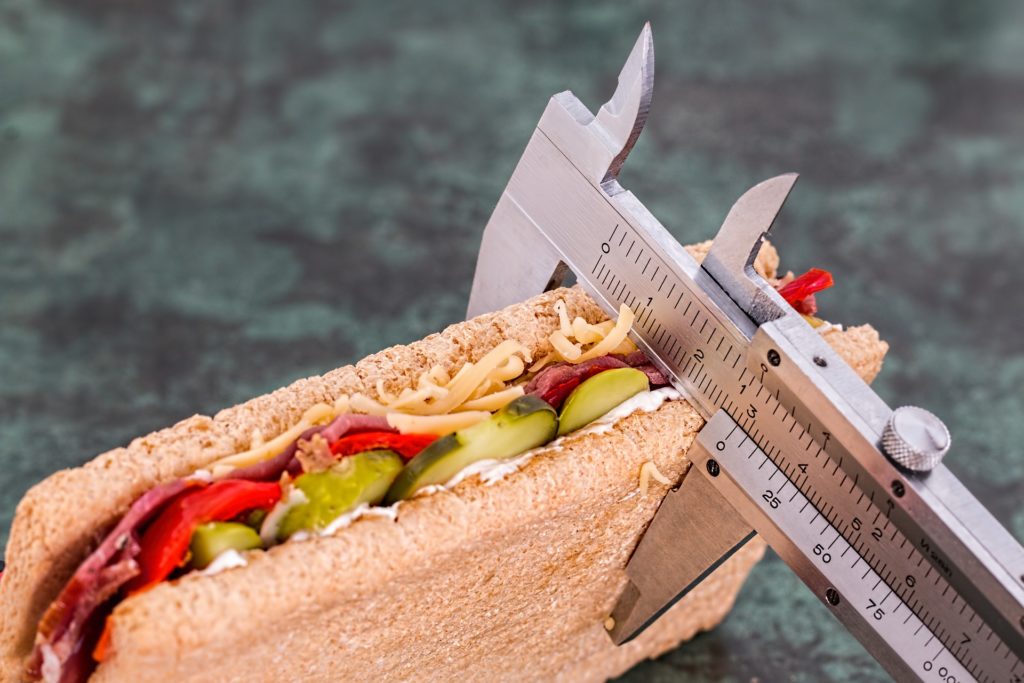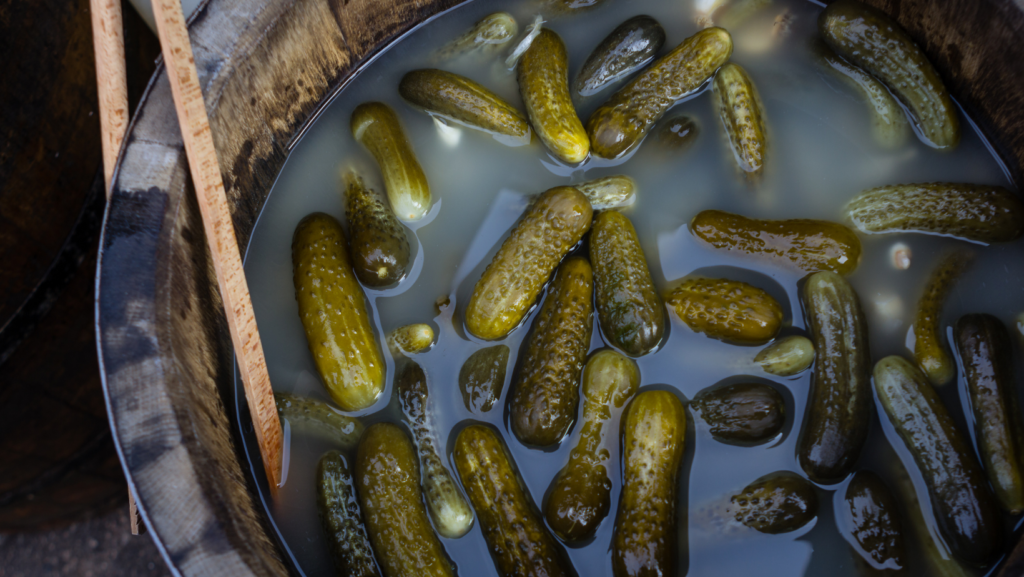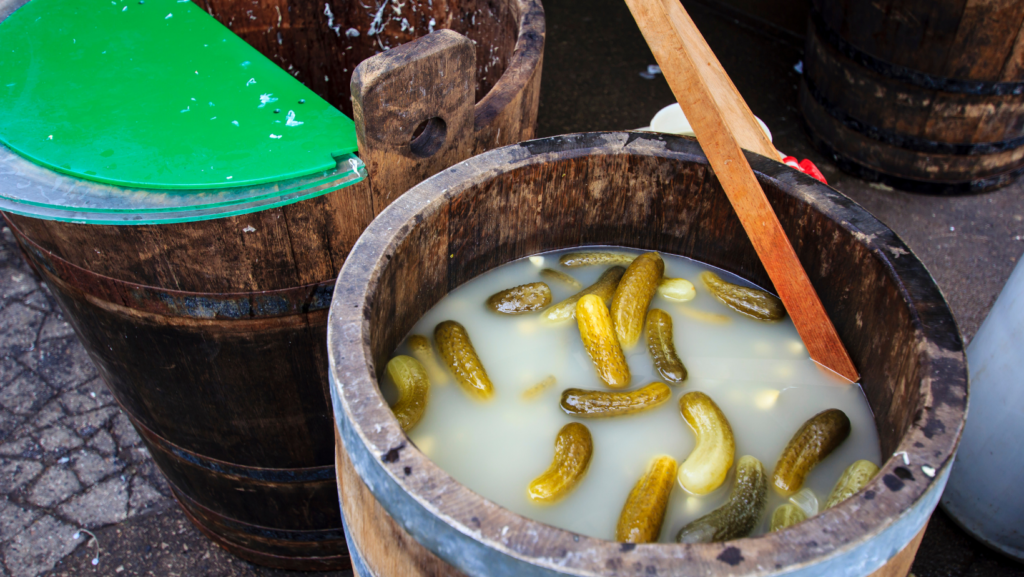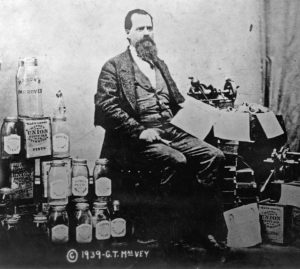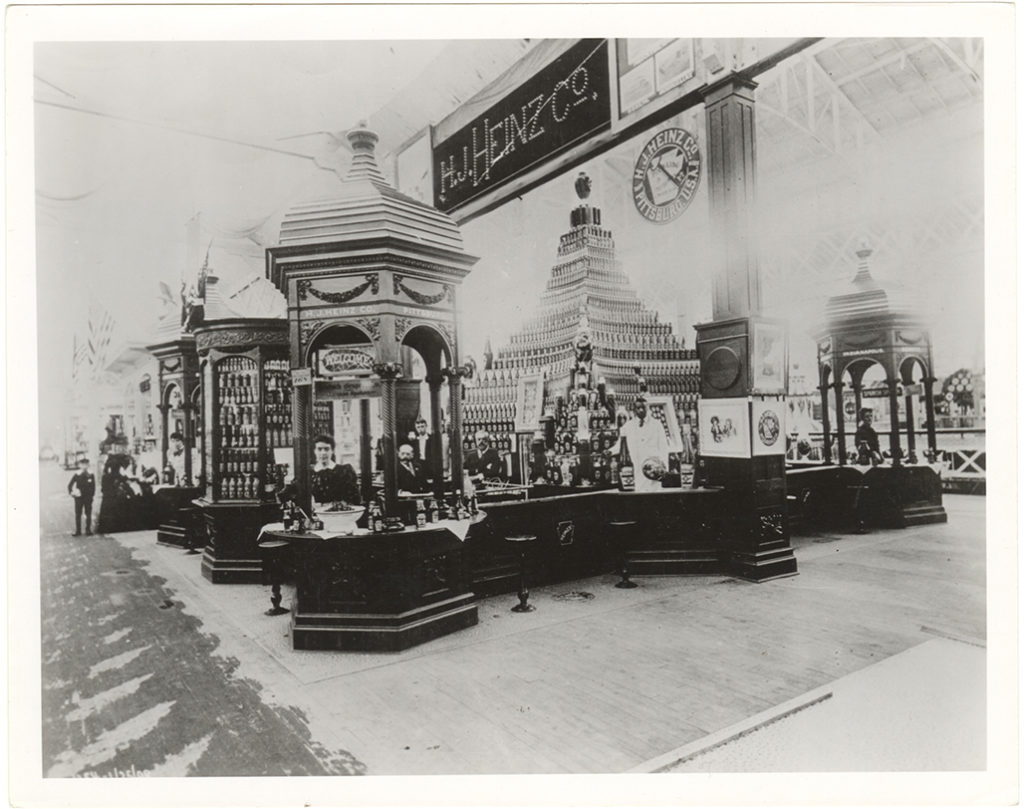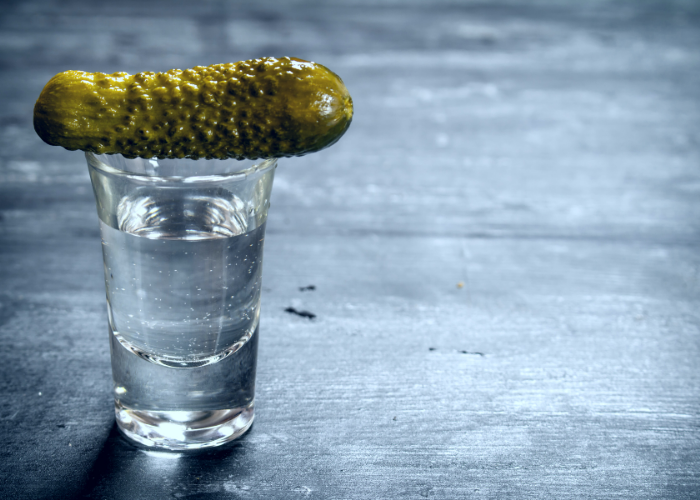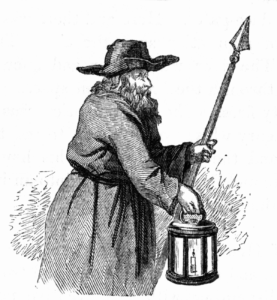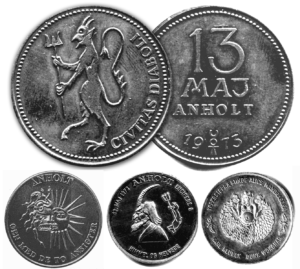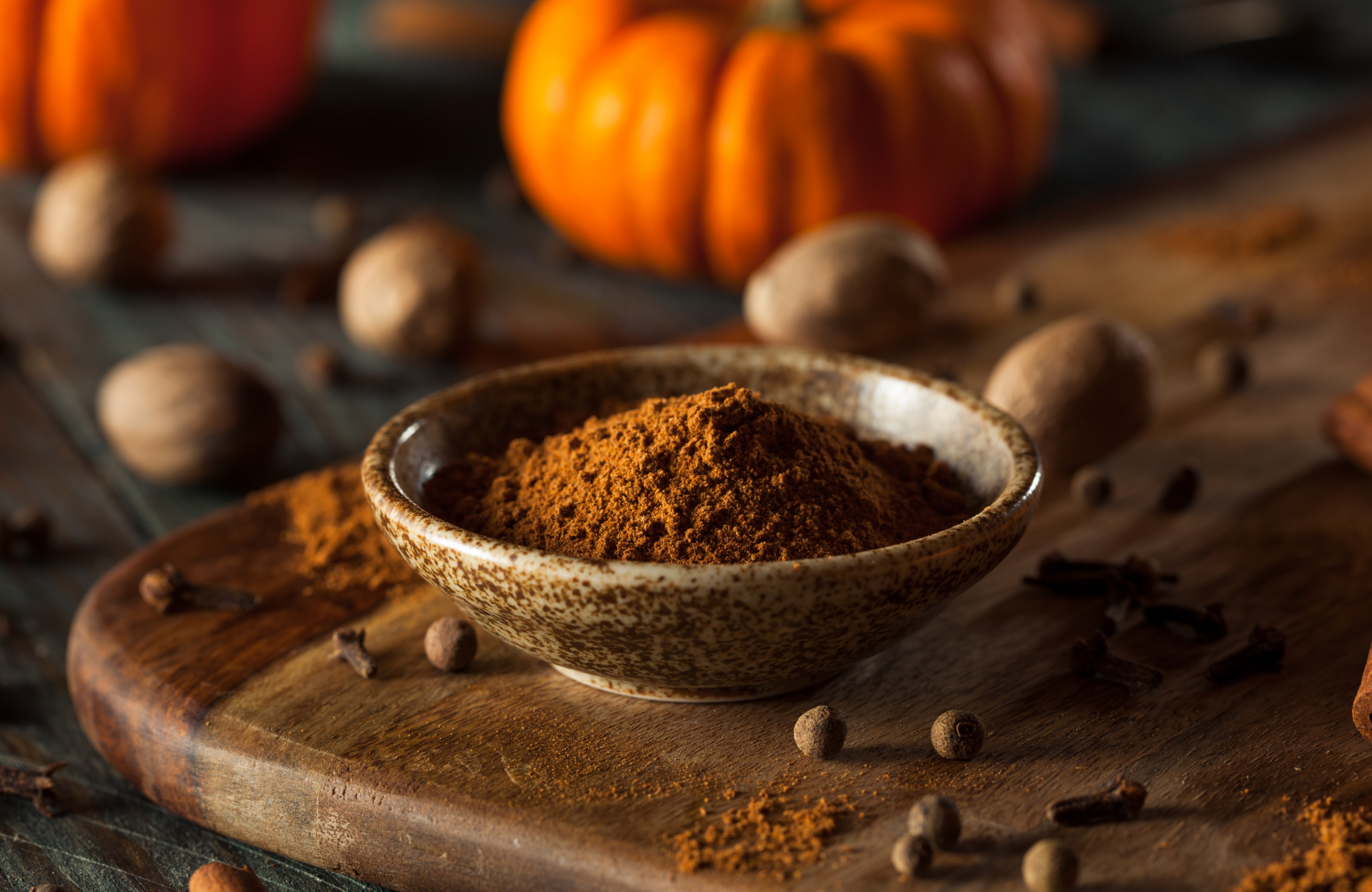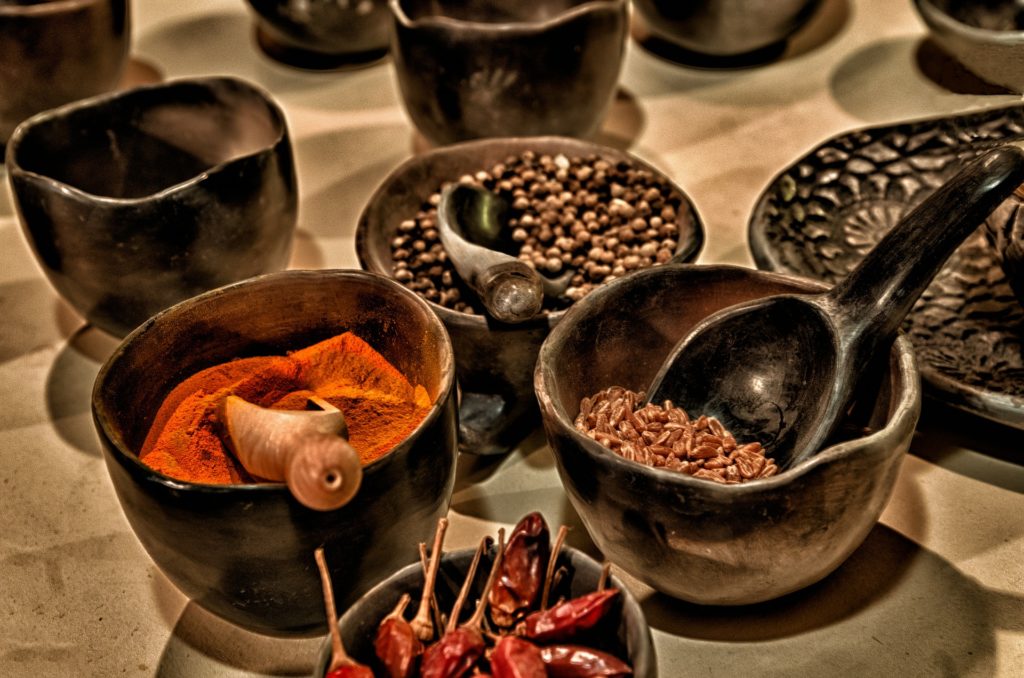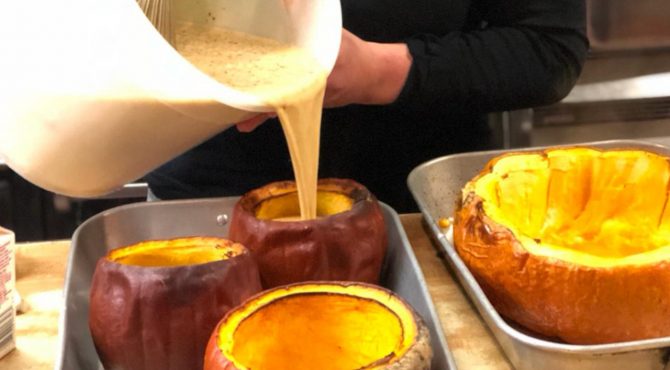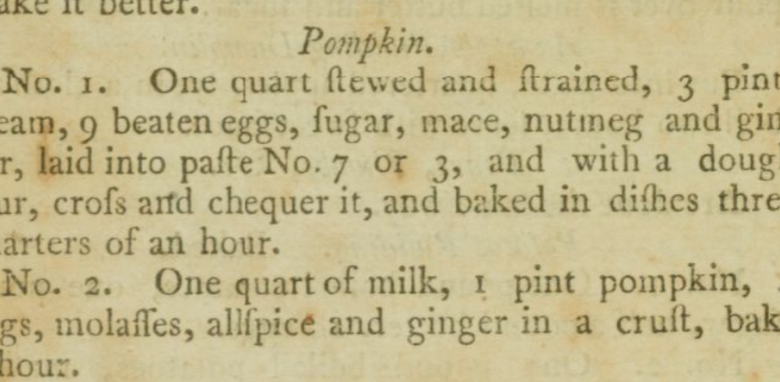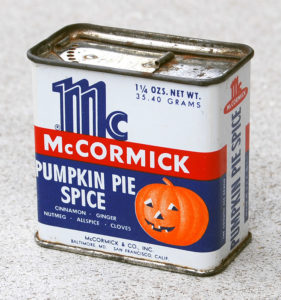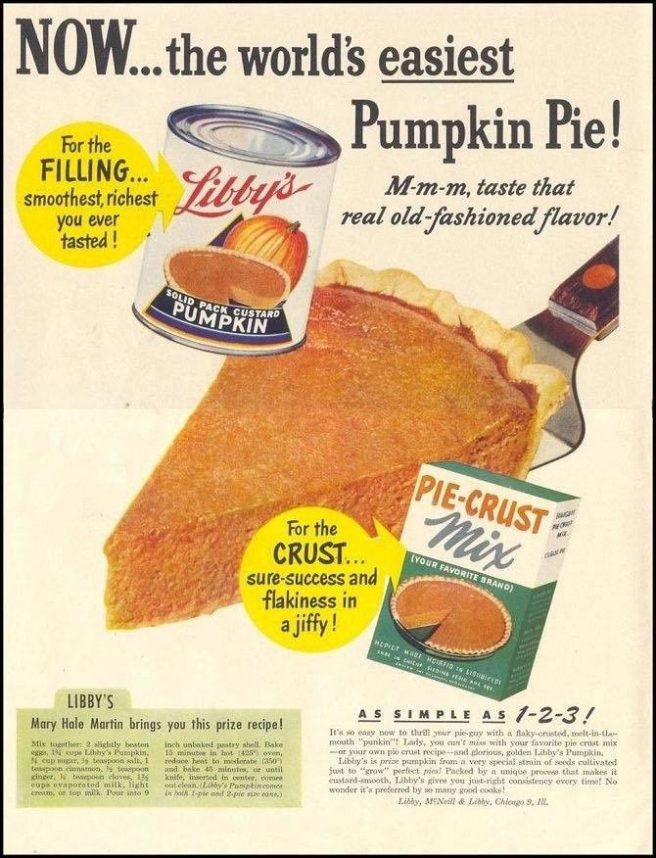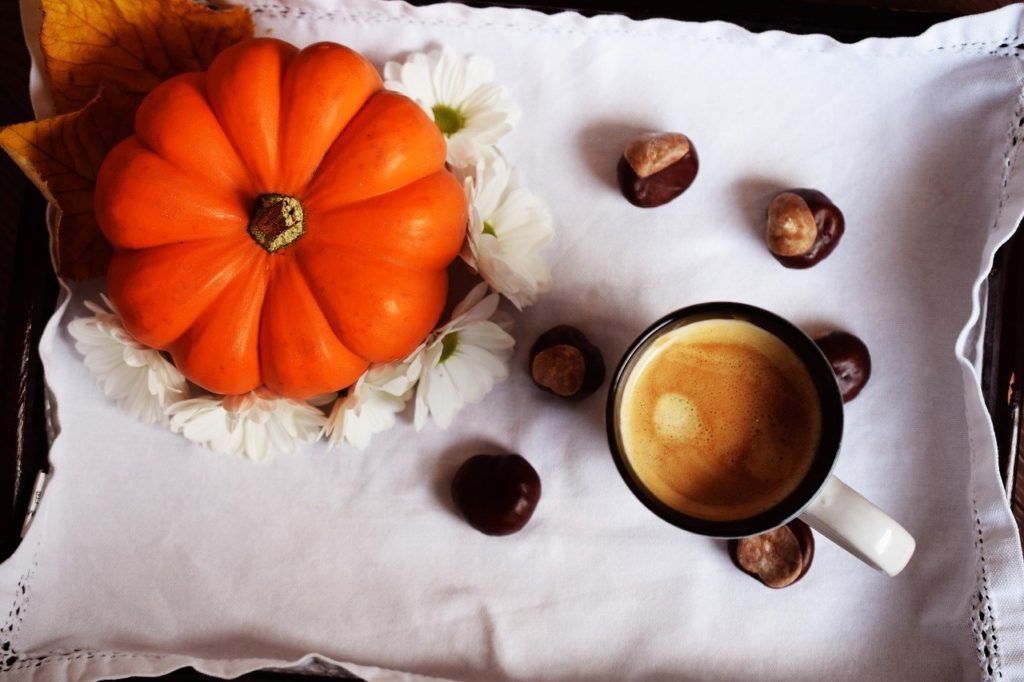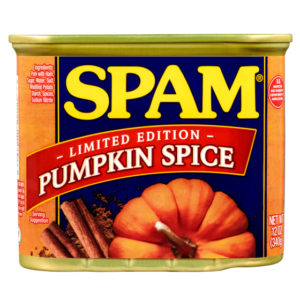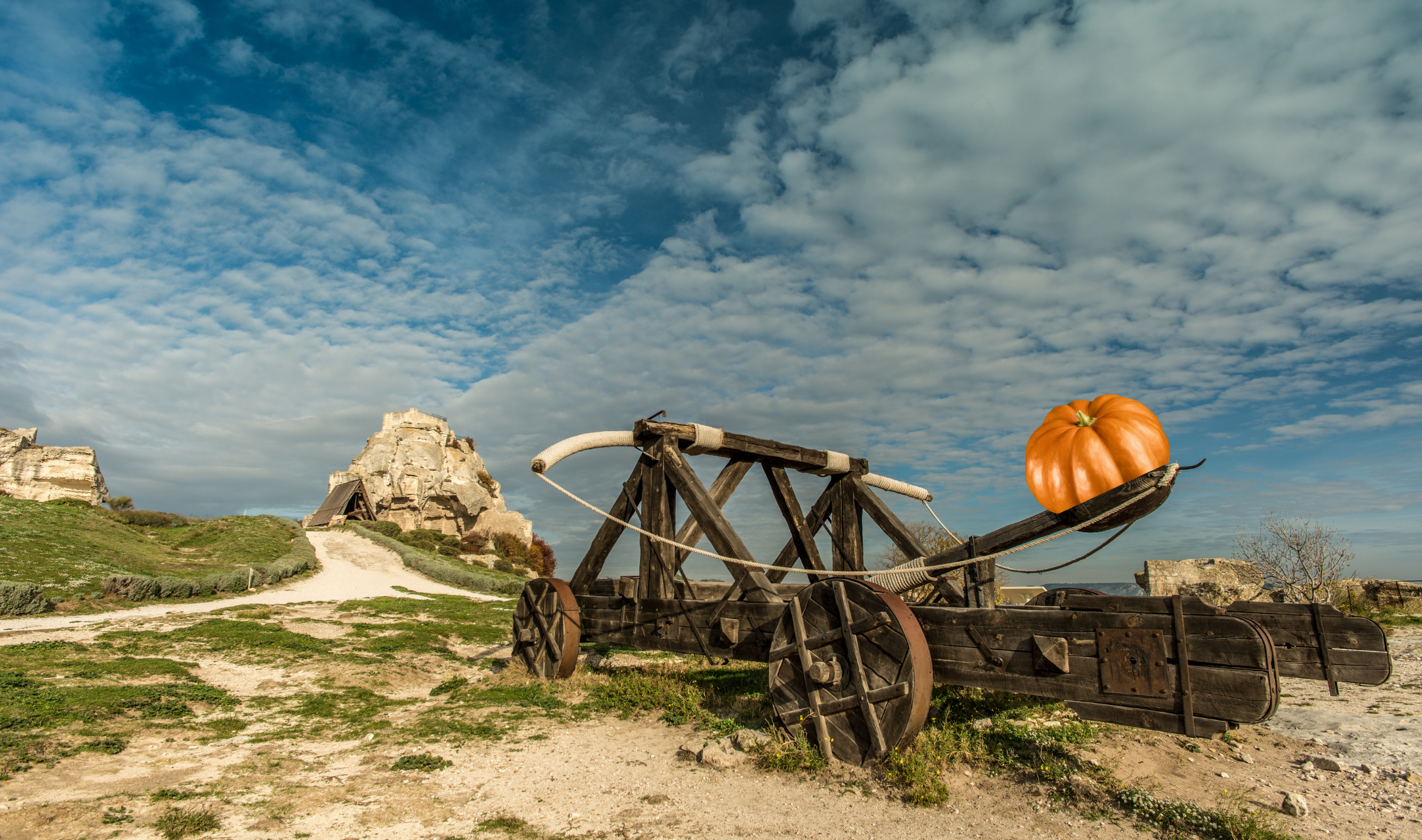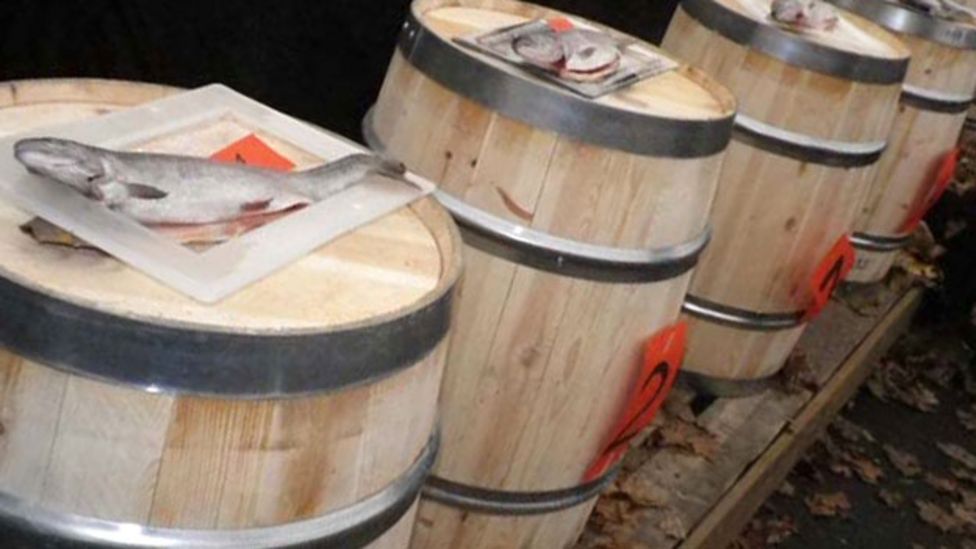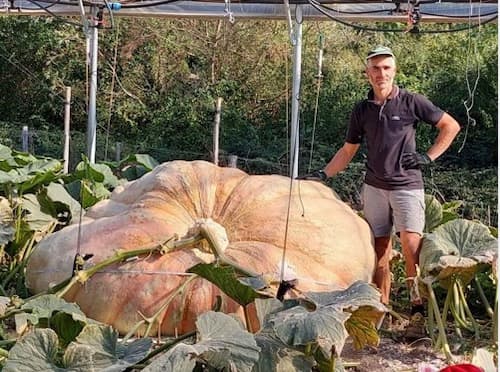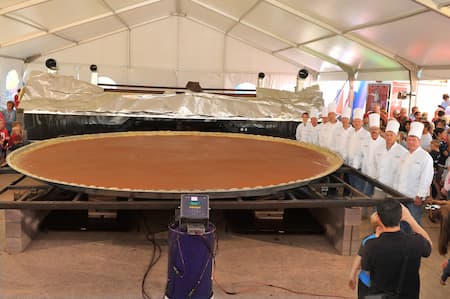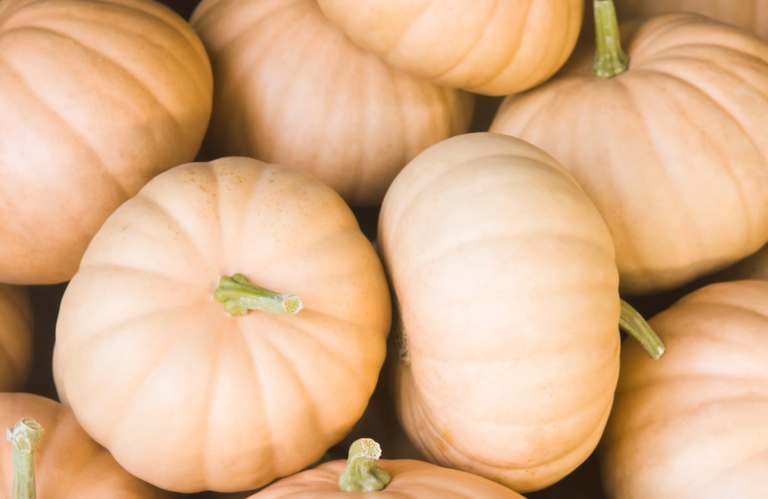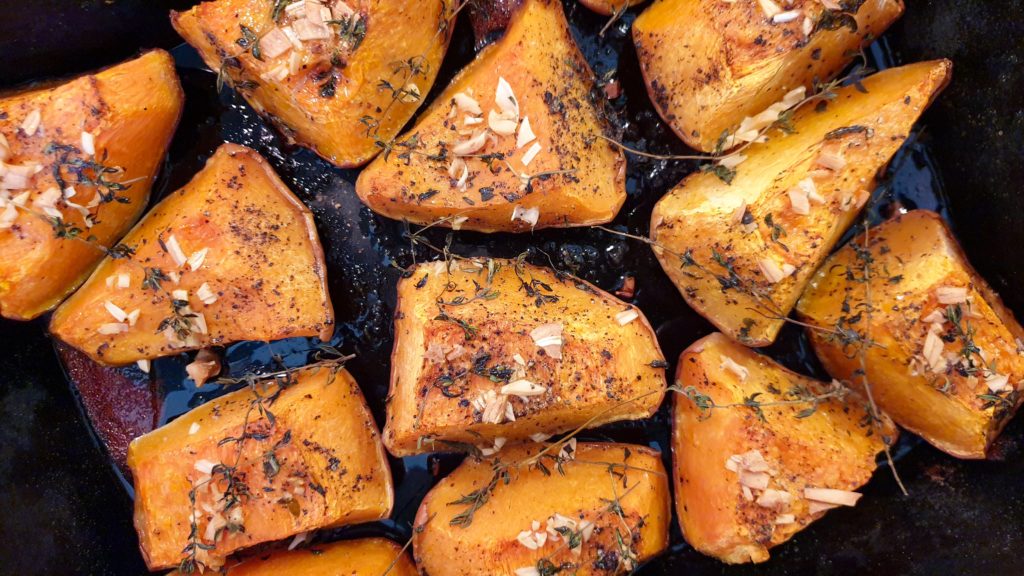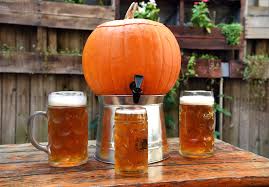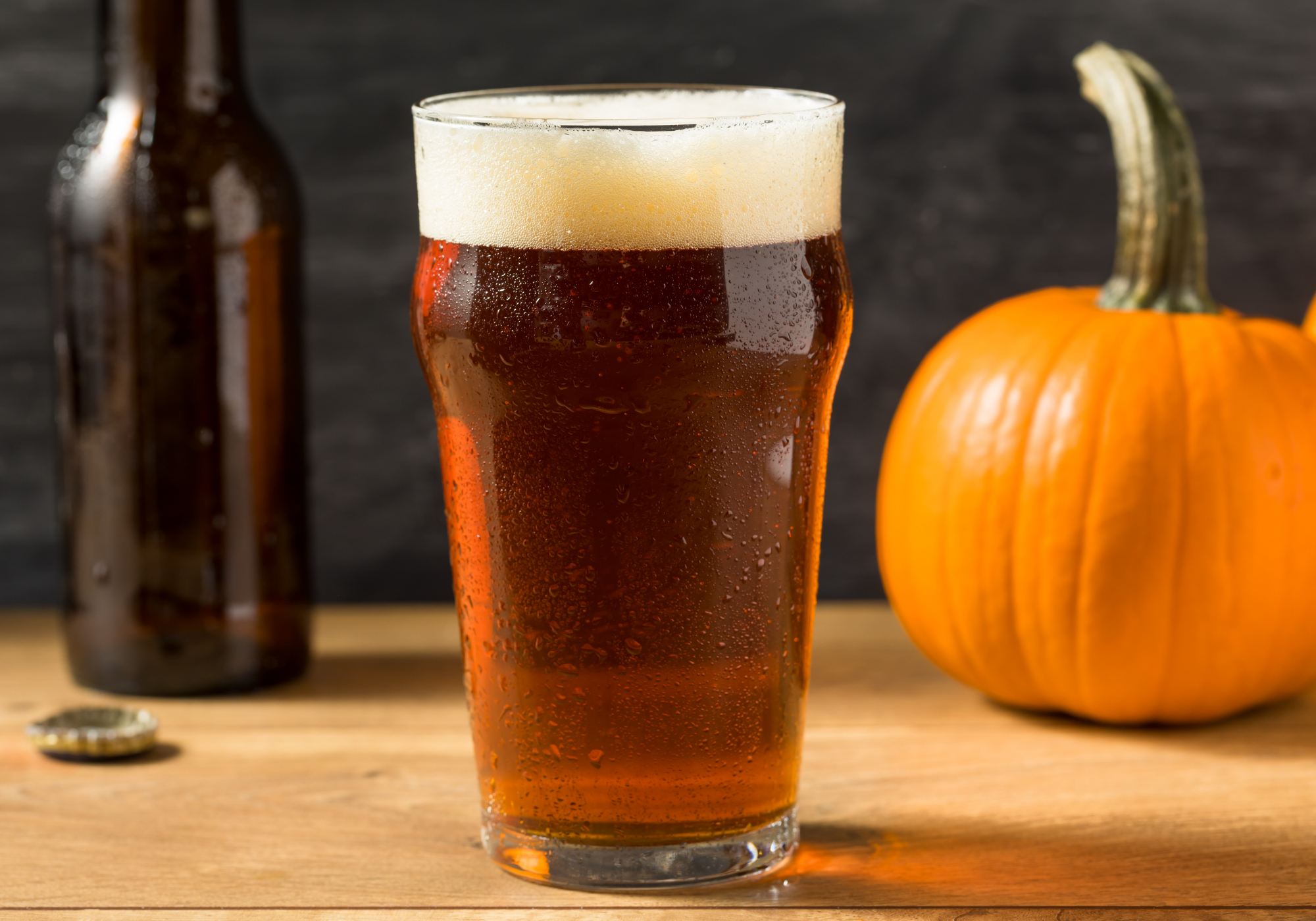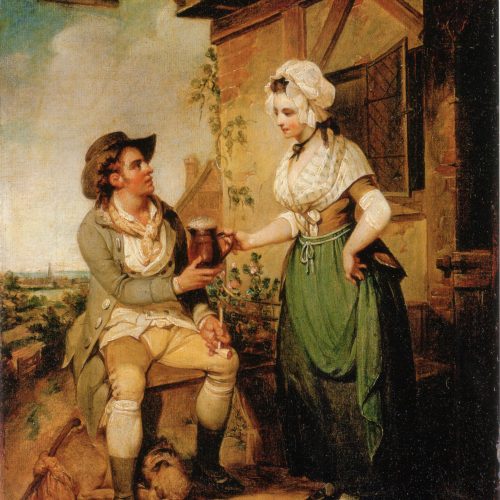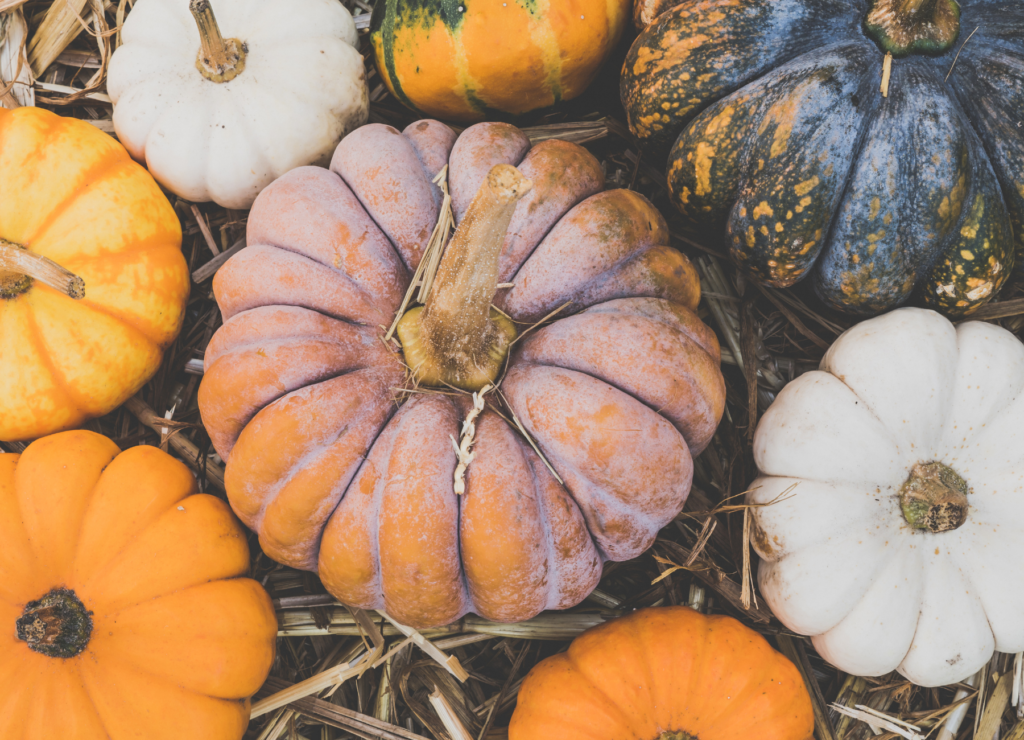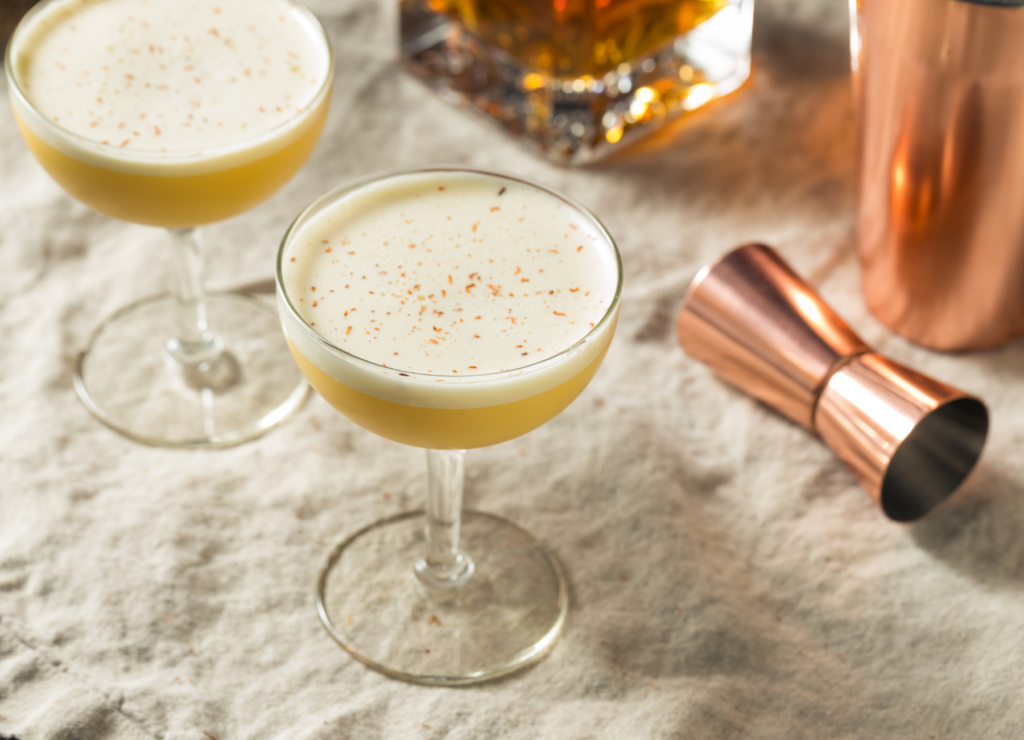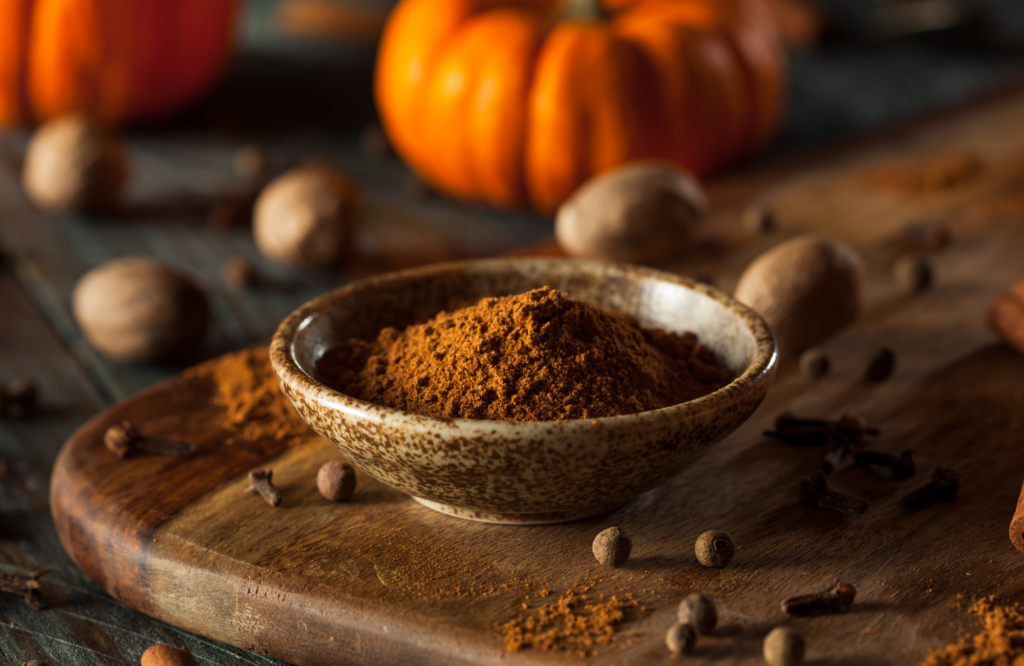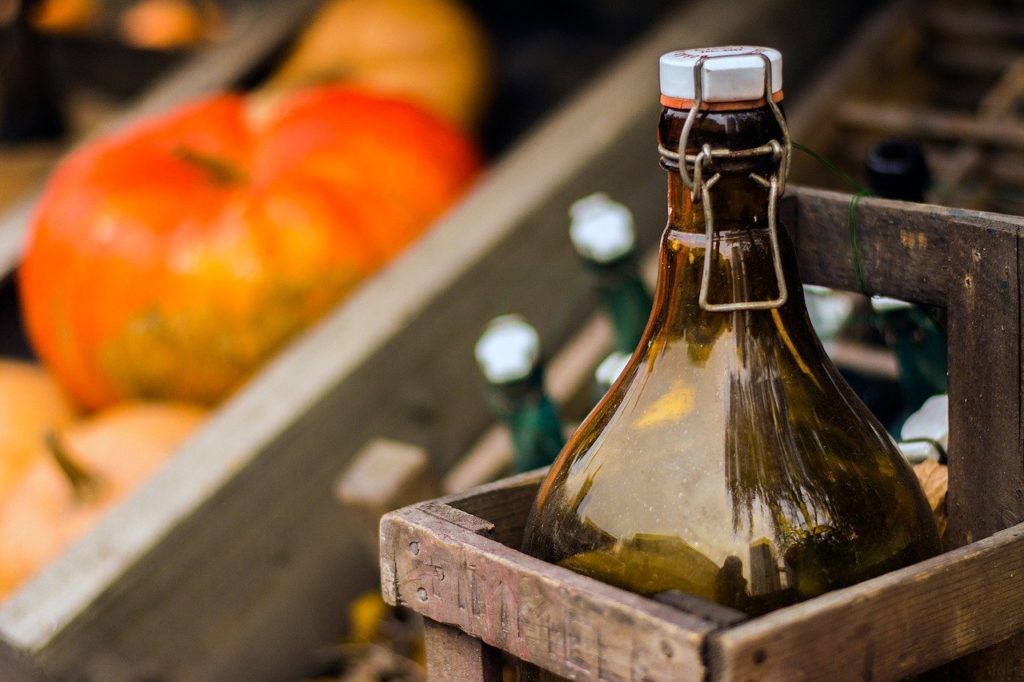HAIR OF THE DOG, HEAD OF THE COW: BEATING A BAJA HANGOVER
- By Michael Emeleus
- Published October 10, 2022
- Updated October 10, 2022
- No Comments
- Read Time: 10min
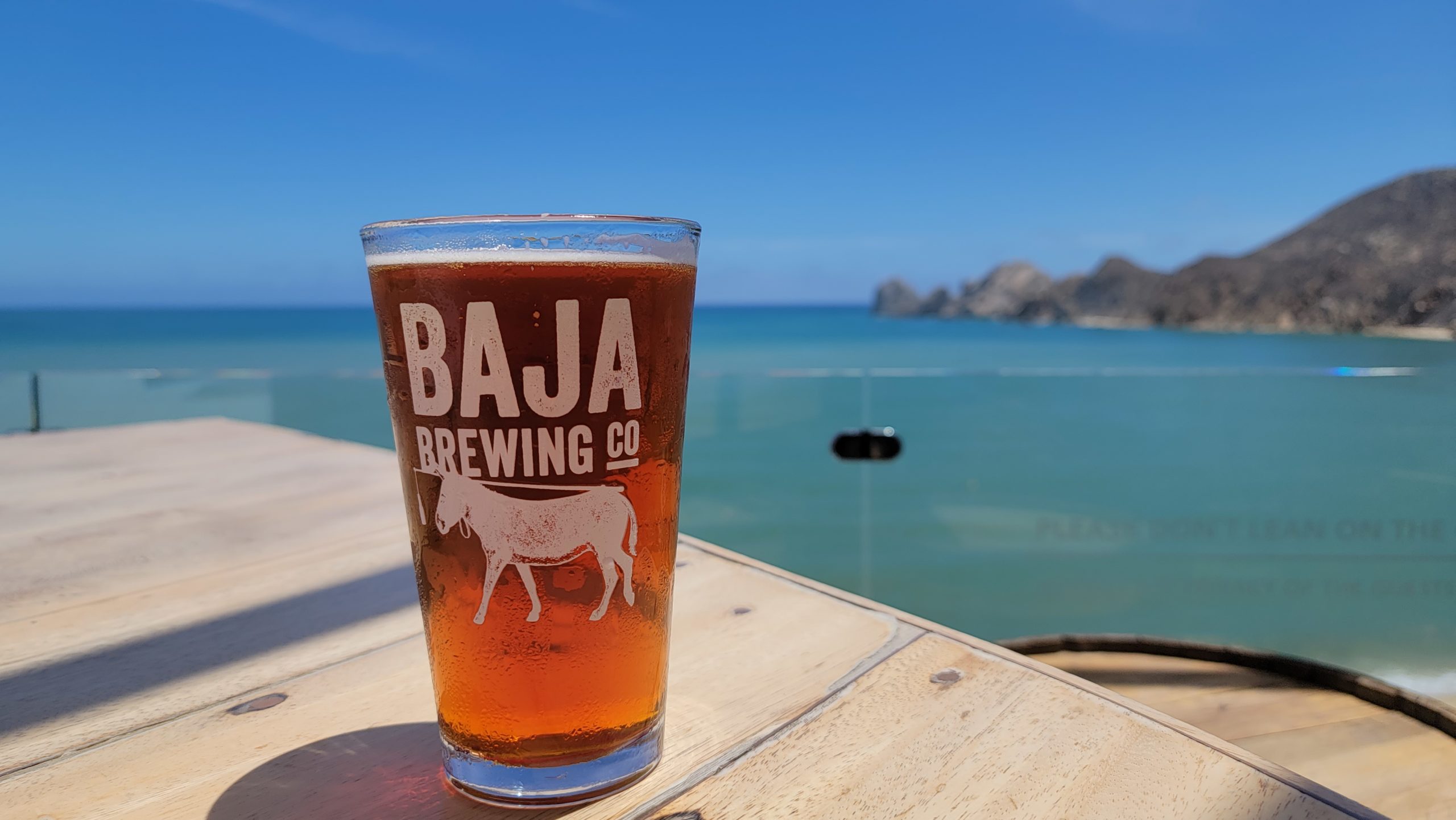
TABLE OF CONTENTS
The Cure?
Dried bull penis and rabbit poop tea.
Ok, now that we have your attention. It was September 2022, Cabo San Lucas, and someone had a hangover. Nothing apocalyptic, I could still operate an iPhone and displace myself from point A to point B, but I needed treatment for my crapulence. Preferably tasty treatment, and relatively fast.
A quick rummage through the Google drawers in search of hangover remedies reveals an impressive list of recommendations stemming from all corners of the globe, and all corners of plausibility. They range from the easily understandable and board-approved, like good old plentiful water drinking, eggs, carbs and getting yourself electro-lit, to things somewhat more exotic like prickly pear supplements, to the straight-up rabbit-shit crazy. As in actual rabbit feces. Things are now about to get very briefly unappetizing. You’ve been warned.
Apparently, back in the Wild West, some cowboys were known to steep pellets of rabbit droppings in hot water to make a curative tea to flush away last night’s rootin’ and tootin’. And the aforementioned bull pizzle? A bygone Sicilian folk remedy that had people chewing on dried bovine wang to get themselves back in the ring, so to speak. That’s right, we’re a long way from Gatorade.
In Ancient Rome, one recommendation for chasing away all that saturnalia was to start your day with a deep-fried canary, while the Greeks would apparently go for a helping of sheep’s lungs and owl eggs. On the less challenging side of things, there are the topical cures, like the arcane Puerto Rican method of rubbing a slice of lemon or lime into the pit of one’s drinking arm to somehow stave off the hangover in advance. And let’s not forget the Estonian technique of curling up with a nice cup of tea while sporting a pair of vodka-infused socks, aka “vodka socks”. Despite my Estonian heritage, I have yet to try that one, but now I’m seriously thinking of which socks I’m going to use.
Personally, I have always found the officially unrecommended “hair of the dog” to be very effective, its main drawback not so much that it is utterly frowned upon by the medical community, but that you run the risk of needing to visit the dog for more hair all over again the very next day. Also, as a native Montrealer, I am of course partial to the magic of poutine, the three deadly palms of fries, gravy and curd cheese packing all the power one needs to dim mak that hangover straight to the pavement. I also like soup. Really good soup. And I’m not alone.
Oh Broth, Where Art Thou?
Across the planet, we’ve been flocking to stock to fix whatever’s ailing us since time immemorial. In fact, one recurring hangover recommendation out there is tripe soup, cherished from Vietnam to Turkey to Mexico and back, and one that I can personally vouch for. Deep, meaty broths featuring otherwise underappreciated cuts and/or naughty bits just have a way of revving up those groggy little engines. That’s why when I heard that someone in town was serving up cow head soup within walking distance, I looked for my walking shoes.
My wonderful wife Vee, Master Chief Google Maps Explorer of the highest order, had located a birriería with great reviews a good half hour away by foot. At the time, we had no idea what that was, but oh, do we ever now. We respectfully skipped our complimentary breakfast, left the hotel, didn’t even stop at our beloved taco lady’s stand, and set a course deeper into Cabo toward new flavour horizons.
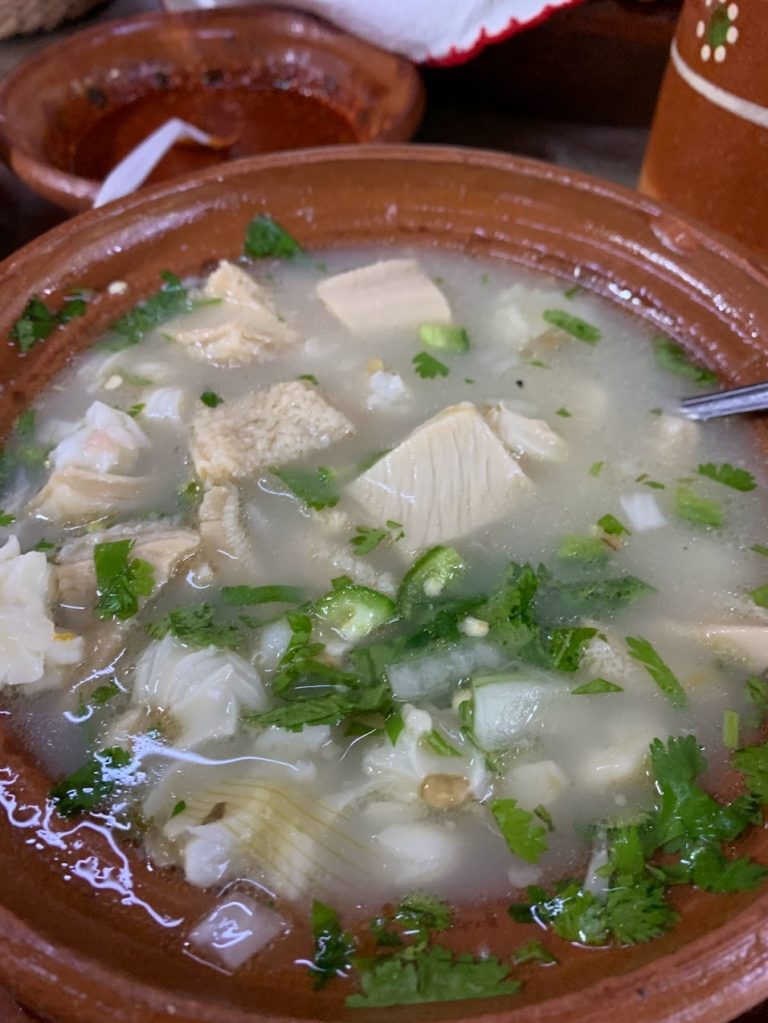
Vague Reminiscings & A Wet Walk
On the way, we skirted the marina district and then turned north, but not before I had flashbacks of being nearby the night before. In the throes of electrified revelry, I remember being seized on a street corner by a fit of slightly hysterical glee due to the sheer intensity of the party scene as it seeped out from surrounding bouncer-blocked doorways. We actually didn’t hit any of the clubs or bars – not Cabo Wabo, not Squid Roe, not even Señor Frog’s with all of its beckoning merch – but we didn’t need to. Already pretty loaded from a day at Médano Beach, all we needed was to walk down the sidewalk and “feel the G’s”.
Each entrance we passed was its own kaleidoscopic interstellar portal of swirling colours and blaring beats, promoters waving and shouting at us to come inside and see our 2-for-1 dreams come true. At least that’s what it seemed like to us. Eventually, my drunken little head couldn’t take it anymore, and I had nowhere to go but laughter. My lunatic mirth then infected Vee, and she followed suit. Don’t remember much else though…
The scene was way different now, the streets lazily waking up, the marina calm and twinkling in the morning sun. Vague reminiscings completed, we turned north and slowly wove our way through town towards certain deliciousness. There had been a downpour the evening before – a little taste of Hurricane Kay, which would lash the coast shortly thereafter – and some of the streets were flooded to the point of being small torrential rivers. One friendly pedestrian pointed at the road as he passed us and, with a smile, simply said, “water”. Water indeed, and after some deft walking on narrow curbs to avoid falling in, not to mention getting slightly lost a couple of times on the way, we finally arrived at our destination.
The Place To Birria
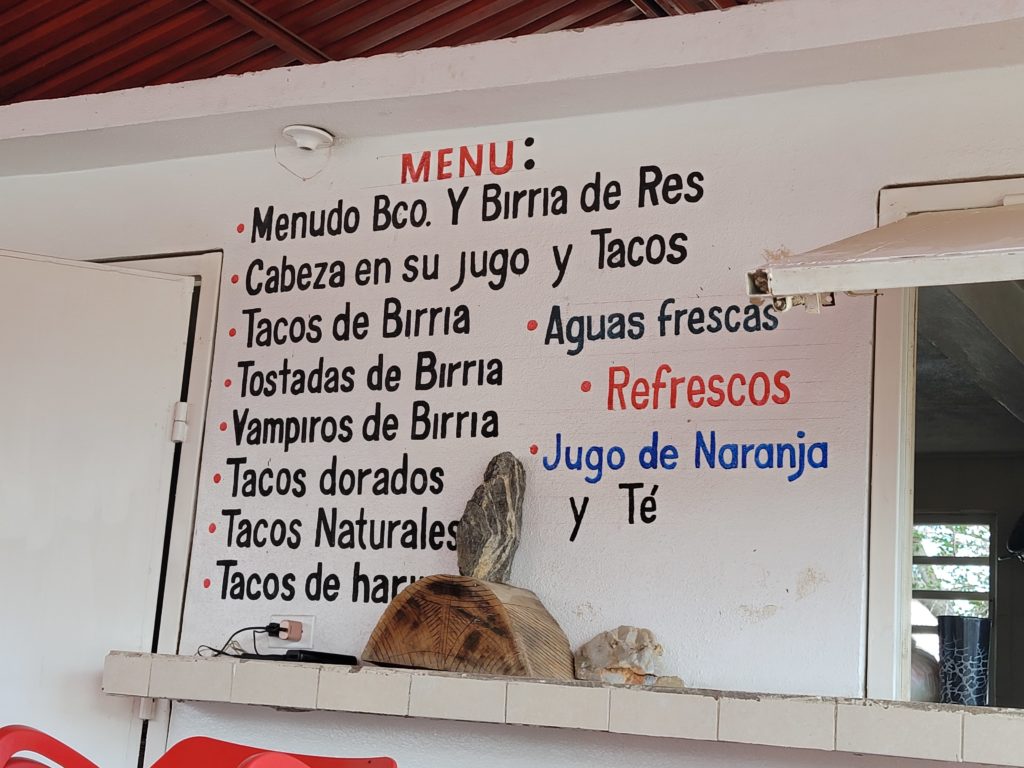
Birriería Mary Chuy (Google Maps features a different spelling, but this is the one on their front sign) is a bustling, open-air roadside establishment that checks all the birriería boxes, particularly the one for total deliciousness. Please stand by. As we sat down a few tables away from the open kitchen with its steaming cauldrons and musically sizzling things, we couldn’t help but notice the satisfaction written all over the faces of our fellow diners, and we knew right away that we were in the right place.
Whatever Floats Your Goat
Ok now, so what is a birriería? Simply put, it is an establishment in which birria is served. And birria? It’s good. Really, really good.
Originating in the state of Jalisco (the blue agave-studded heart of all things truly tequila), birria is a flavour fountain of a stew. Beef and mutton are commonly front and centre, but the truly old-school stuff is made with goat (chivo in Spanish). The meat is marinated in an adobo containing a variety of red chiles and a veritable spice rack of seasoning that tends to include cumin, marjoram, thyme, Mexican oregano, bay leaf, onions and garlic, and then simmered for hours until mind-blowing. There are many versions of birria, the types of chiles used and spice combinations varying from region to region and chef to chef, but the end result should be fall-off-the-bone magic.
Birria is generally served in one of three ways and always with tortillas: in the braising broth, aka consommé, aka caldo – or pure liquid gold as far as we’re concerned; dry, with the caldo served on the side; or as a taco to be lovingly dipped in said caldo. In terms of condiments, fresh lime, onions and cilantro are your lively dining companions of choice.
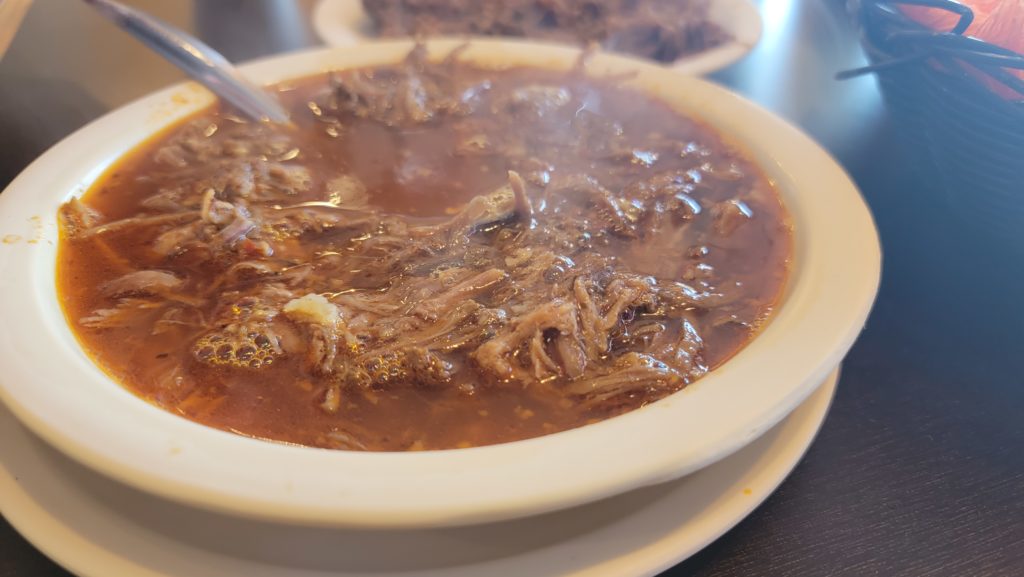
The history of birria apparently began with some conquistadorial culinary foolishness. When goats were brought over to Mexico during the Spanish Conquest, they happened to thrive in their new home; in fact, they thrived a little too much, and the conquistadores soon found themselves with more goats than they could shake a shepherd at. Finding goat meat all-around unappealing while ironically objecting to the animals wreaking havoc on their new lands, the Spaniards apparently abandoned their flocks to the culinarily savvy locals, who went straight to work marinating the meat in traditional ways that made it more tender and appetizing. When the conquistadores saw the dishes that were produced as a result, they haughtily dismissed them as mere “birria”, an old Spanish term denoting something considered to be worthless. Their loss.
Early versions of birria were dry-seasoned, the goat cooked in maguey (agave) leaves in traditional earth ovens, the meat steaming in its own juices. Over time, birria headed in an increasingly brothy direction as adobo marinades and stewing in pots replaced the old methods. Things got definitively wet and wild in 1950s Tijuana, when a taquero by the name of Guadalupe Zárate opened a birria stand where he used beef as a less expensive, fattier alternative to goat while adding more liquid to the braise than was the norm. Thus Tijuana-style birria was born, one served in or with its consommé, and this is the kind of stuff we’re talking about. Now back to the birriería (we didn’t think to inquire, but whoever you are, Mary Chuy, we thank you).
What A Way To Start The Day
Vee ordered the tacos dorados (golden tacos) and I – remember I was there to assassinate a hangover – ordered the cabeza en su jugo, or “head in its juice.” We decided to wash all this down with a Coke, which, judging by the other patrons as well as the Coca-Cola-inscribed chairs and tablecloths, was the drink of choice no matter what you were having. While we waited, we noticed a gentleman going from one table to the next and conversing with the clients, many of them obvious regulars. We would soon learn that this was Lalo, the owner of the establishment and the very definition of the consummate host. We’ll get to him in a sec, but first, the food.
Dear tacos dorados from Mary Chuy, where the hell have you been all our lives? Vee’s first bite had her in an immediate swoon, and with reason. Wickedly delicious and tender beef birria, caramelized onions, grilled peppers and cheese stuffed into corn tortillas and then sent to the griddle to be fried until crispy golden, hence dorado… need we say more? Yes, we do. Served with a cup of piping hot, stupidly delicious caldo on the side for your over-the-top dipping pleasure, these things once again had us rethinking tacos as we thought we knew them.
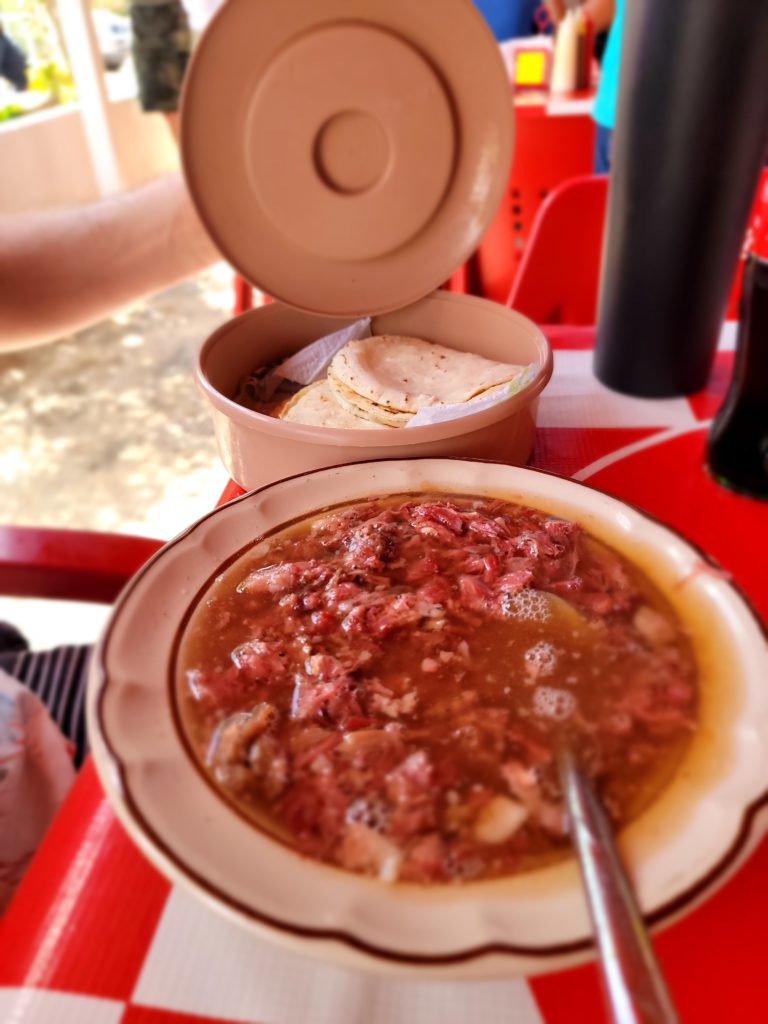
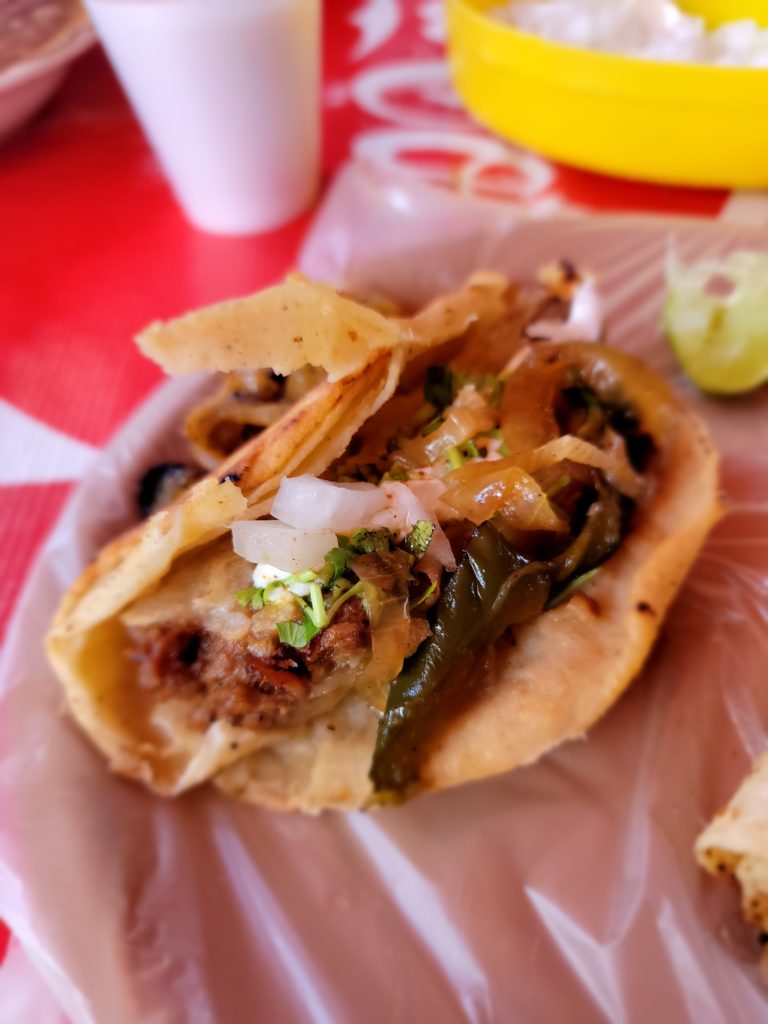
And the cabeza? Put down all your prejudices and preconceptions and walk with me. As challenging as it may sound to some, there was no challenge to this dish at all. Just open arms. The open arms of a loving grandmother, you might say. The broth was deep and rich, yet not overbearingly so, turning all the right umami knobs and brightly cut through by a sprinkling of fresh onions, coriander and lime juice. And the meat was simply amazing. Like, universally amazing, and not just for people who order head for breakfast. Such tongue, such cheek. It reminded me of Schwartz’s smoked meat back in Montreal, but far more tender and in soup form. If you know it and you’re a fan, you get the idea.
Host With The Most

As my hangover dissipated between blissful mouthfuls and Vee was in the “golden zone”, Lalo came over to check up on us. He was genuinely thrilled with how thrilled we were, and we struck up a conversation in which he communicated to us his deep passion for serving his clients, a passion which was most evident as he made the rounds. Vee and I have served our fair share of tables, and all we can say is that this man is the real deal. Seriously, go for the food, stay for Lalo.
Case in point. Although the hangover was doing far better, I wanted to top things off with that dog hair we mentioned earlier, so I asked Lalo if they sold beer. They did not, but for those who may not know, this is rarely a problem in Mexico as it turns out. Virtually every establishment we’ve been to that doesn’t serve alcohol has no issue with you going across the street and buying your own to consume on the premises, never mind special licenses and such. Where we come from, we’re accustomed to a lot more “NO” in this respect, so we were quite happily blown away the first time we were encouraged to do so.
Instead of pointing me to the nearest convenience store, however, Lalo asked me what I would like, listing off a selection with a particularly enthusiastic emphasis on the Michelob Ultra. I agreed, it was indeed Michelob Time, and before I knew what was going on, he had sent someone on a scooter to pick up a case. I protested, but it was too late. Lalo then graciously assuaged my guilt by saying that he was going to pick some up anyway for his personal use. I certainly hope so, but however you slice it, that’s Mexican hospitality for you. And Michelob has never been so crisp, never gone down so smooth. ¡Muchísimas gracias y salud por siempre Lalo!
Pleasant Disclaimer:
This is intended as an example of the above-and-beyondness at Mary Chuy. Please do not expect beer service if you visit; we recommend bringing your own beforehand. Cheers.
Also, the Hungry Herald is not sponsored by Michelob.
Beaches Brew
After our meal and profuse thankings to our host and his team, the hangover was pretty much killed, but I wanted to make absolutely sure. More dog hair was in order. Dog hair with a view. We knew just where to go and headed back towards the beach, but not all the way this time.
If you’re looking to get your afternoon drink on at a slight remove from the thumpity-thump of the Médano beach clubs down below while enjoying a downright ridiculous vista with craft beer in hand, make a bee(r)line for the Baja Brewing Company rooftop cantina. Situated on the seventh floor of the swanky Corazón Cabo Resort & Spa, this beer garden in the sky boasts not only an award-winning selection of outstanding artisanal brews but also the most breathtaking view from a pub terrace that we’re aware of, anywhere. If you know of one that takes away more breath, please, you have to tell us.
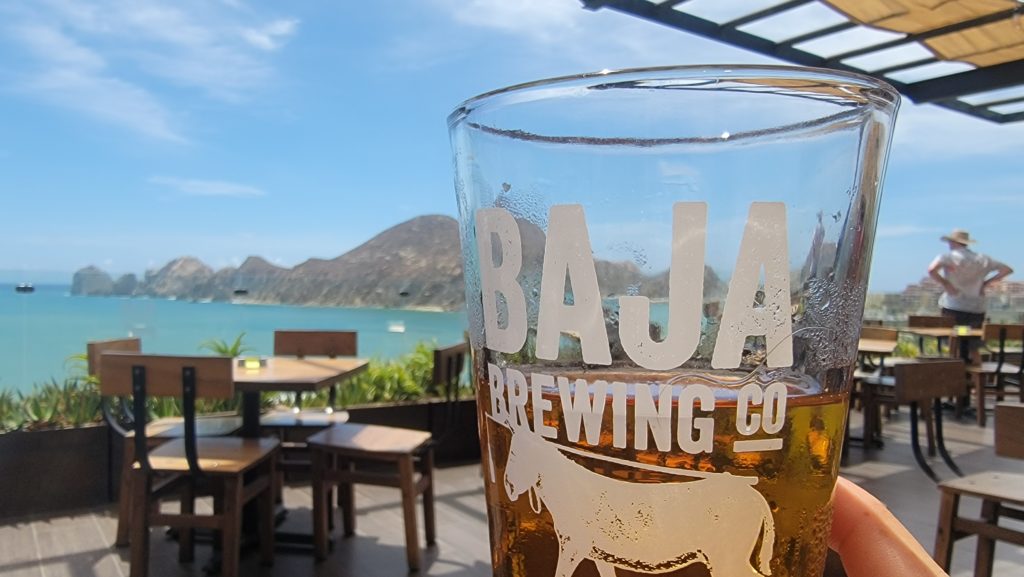
Like many brewpub histories, this one’s worth telling. Back in 2006, a father, son and college friend team hailing from Colorado decided to embark on a brewing journey that would eventually go down in the Baja history books. On a mission to open up the very first craft brewery on the Baja Peninsula, they painstakingly converted a massive historic bakery in downtown San Jose del Cabo into a brewery and brewpub. This operation involved a total overhaul of the premises, setting up an onsite carpentry shop to build the bar, tables and chairs, as well as transporting salvaged equipment from a recently defunct brewery in Laguna Beach, California, on flatbed trucks some 1000 miles all the way down the peninsula.
Opening its doors to instant acclaim in 2007, the Baja Brewing Company has flourished over the past decade and a half, despite being hit hard by not one but two hurricanes. Today, the company boasts two brewing facilities (a much larger one opened in Tijuana in 2018), a second cantina in Cabo San Lucas (the one in question with the view), product distribution throughout Mexico as well as in the U.S., Australia and South Africa, not to mention a mash tun’s worth of medals celebrating the sheer excellence of their products.
Our Beast Of Burden
And then there’s the mascot. According to the company website’s blog, the “humble and hard-working donkey seemed like the perfect symbol for an upstart, local brewery”. But it goes well beyond that. The beloved and now famous donkey emblazoned on all of their products, and which I have personally followed down the trail to many a mirthful evening in Mexico thus far, was chosen as a tribute. A tribute to “the spirit of this desolately beautiful land and the persevering souls who inhabit it”. This respect for the donkey doesn’t stop there, however, but has been taken even further – most heartwarmingly so – by the good people at the Baja Brewing Co.
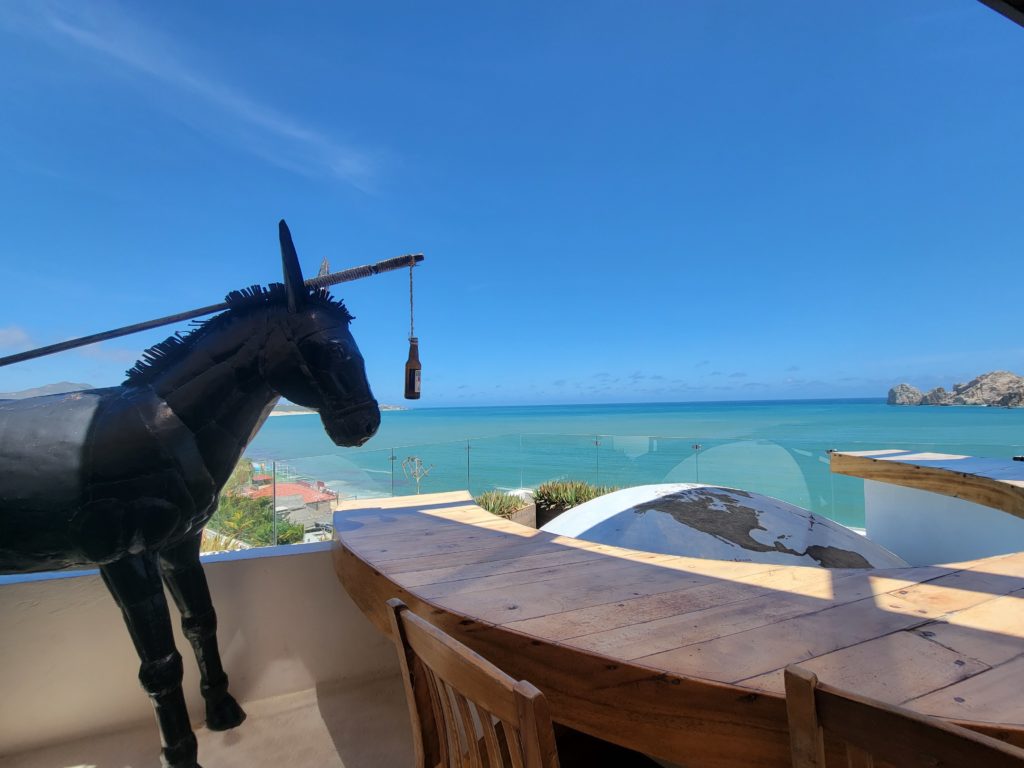
They inform us that the donkey is currently considered endangered in Mexico, its population having dwindled to 300,000 from a peak of 1.5 million in the ’90s. Joining forces with Rancho Carisuva in Cabo San Lucas, Baja Brewing has created a sanctuary for rescued donkeys, including mascot Lolo, as well as an awareness program (Lolo Love #PorAmorAlBurro) in order to care for, raise (5 little guys born since 2018!) and spread the word about these woefully overlooked creatures. Incidentally, the donkeys on the ranch love to eat the spent brewing grain, so yeah, definitely an apt mascot choice.
More Than Words
Up on Baja Brewing’s spectacular terrace, we ordered a couple of Cabo’s best brews while drinking in Cabo’s best views (ok, I kinda lifted that from the Corazón website, hee hee). Over a frosty signature Cabotella blonde ale and a La Surfa lager – their official “Cabo beach beer” – we once again gazed out across the water over at Land’s End and sighed, bellies full of birria, hangover beaten. We could barely make out Lovers’ Beach, and we knew that Divorce Beach and El Arco were just around the corner. These are some of the most beautiful places we’ve ever been to in our lives. As much as I’d like to tell you about them, I’ve definitely been yammering on enough as it is. Instead, we invite you to take a look at the visually sumptuous and at times entrancing videos below, filmed and directed by Vee, and you’ll understand why we’re stopping with the words right here.
Michael Emeleus
NEVER MISS OUT
BE THE FIRST TO GET OUR LATEST POSTS
SIGN UP FOR OUR MONTHLY NEWSLETTER TODAY!
RECENT POSTS

LA PAZ TACO TASTER: 8 TERRIFIC TAQUERÍAS TO TRY

TACOSCAPE MEDITATIONS
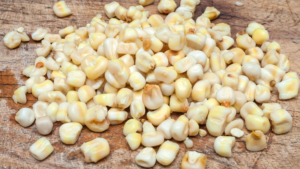
NIXTAMALIZATION

DIVORCE NEVER LOOKED SO GOOD
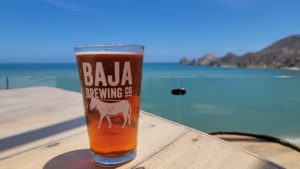
HAIR OF THE DOG, HEAD OF THE COW: BEATING A BAJA HANGOVER



